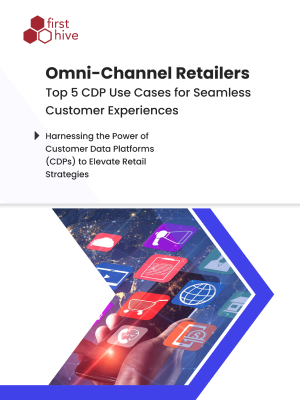
Omni-Channel Retailers: Top 5 CDP Use Cases for Seamless Customer Experiences (FirstHive)
In the world of retail, customer experience reigns supreme. FirstHive details how a CDP helps you deliver high-quality CX across channels.

In the world of retail, customer experience reigns supreme. FirstHive details how a CDP helps you deliver high-quality CX across channels.
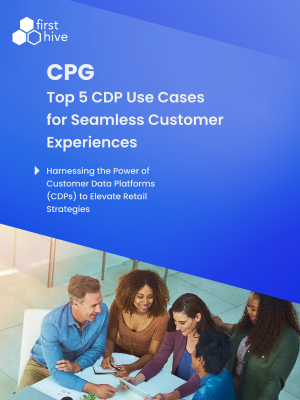
Today’s retailers are striving to deliver personalized CX that drives loyalty. FirstHive shows how a CDP facilitates the process.

Staying competitive in today’s insurance landscape means driving engagement throughout the customer lifecycle. FirstHive details how a CDP makes this possible.
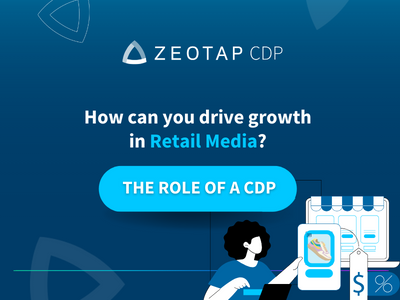
Companies are constantly seeking innovative ways to enhance customer engagement. Zeotap explains how a CDP makes retail media work at its best.
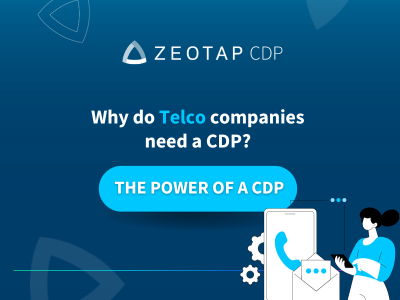
Telco operators need to enhance customer touchpoints and expedite digitization. Zeotap details how a CDP makes it possible.

Ski and four-season resorts have a wide range of guests with vastly different interests. Ascent360 details how to use customer data effectively to keep them coming back.

Resort marketing presents numerous special challenges. Ascent360 explains how a CDP can help.
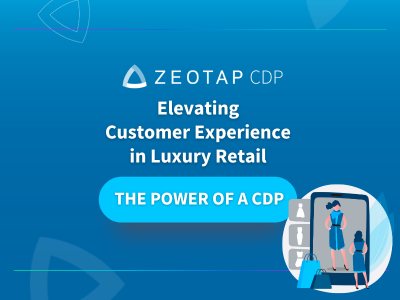
Luxury retail brands took a significant hit during the pandemic. Zeotap explains how a CDP can help them adapt to ecommerce changes.
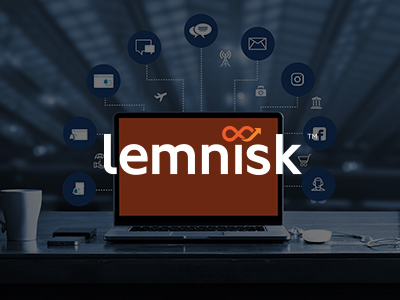
A CDP can help marketers benefit from a single customer view. Lemnisk explains how this applies to banking, retail, telecom, and more.
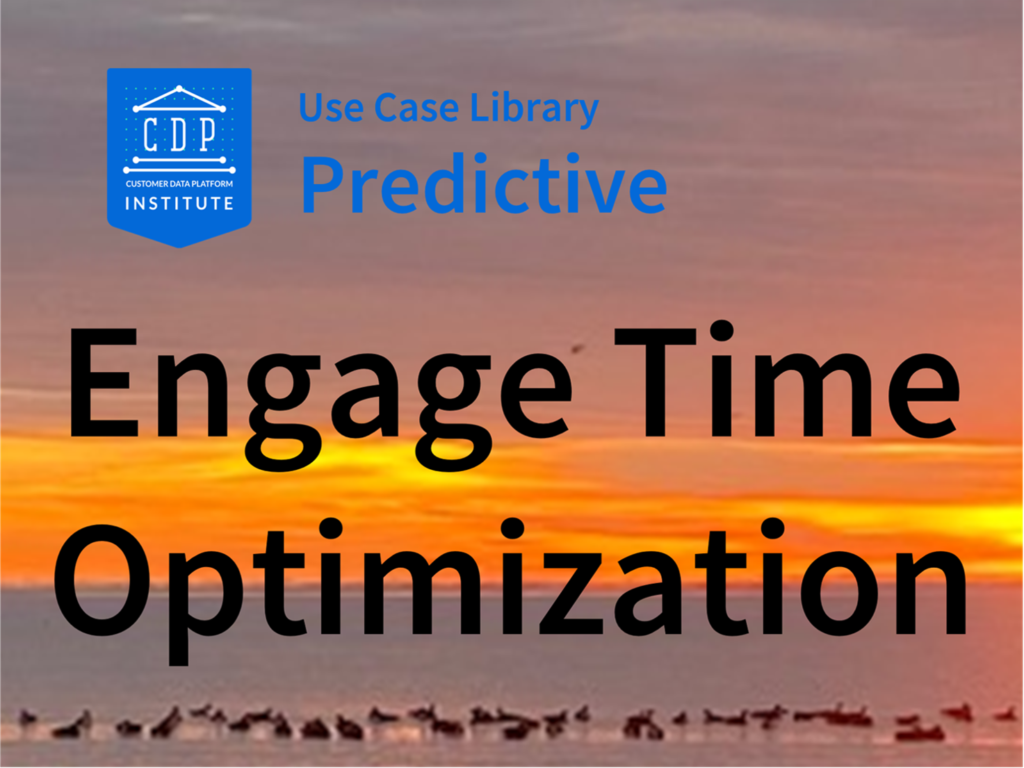
Send emails or other outbound messages at optimal time for each customer. Process: Execute model based on CDP data; store result on profile for use in CDP or other systems.

Send optimal messages to customers across all channels. Process: Develop models to predict response to alternative treatments, select best channels, select bet timing, and make other choices needed to determine optimal treatment to each customer. Send instructions to delivery systems to execute.
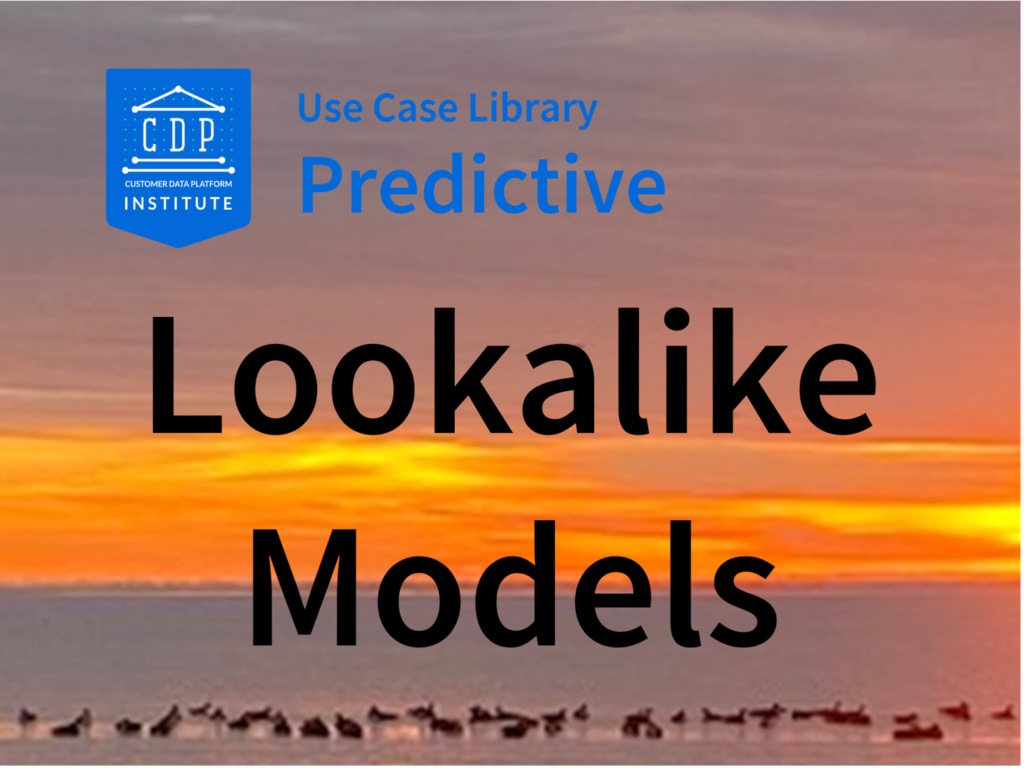
Select best prospects (on external lists) using model based on CDP data. . Process: Send data on best customers to external system, which will match against its data, build a lookalike model, and return highest-ranked prospects to load into CDP or other systems
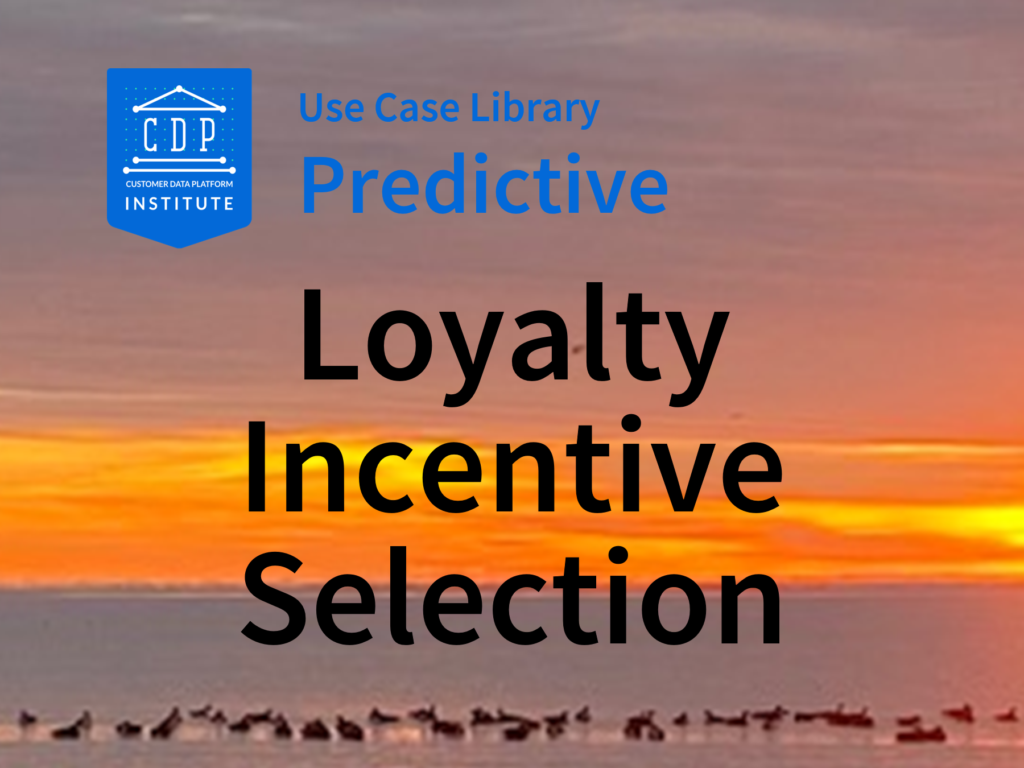
Select loyalty incentive using model based on CDP data. . Process: Execute model based on CDP data; store result on profile for use in CDP or other systems
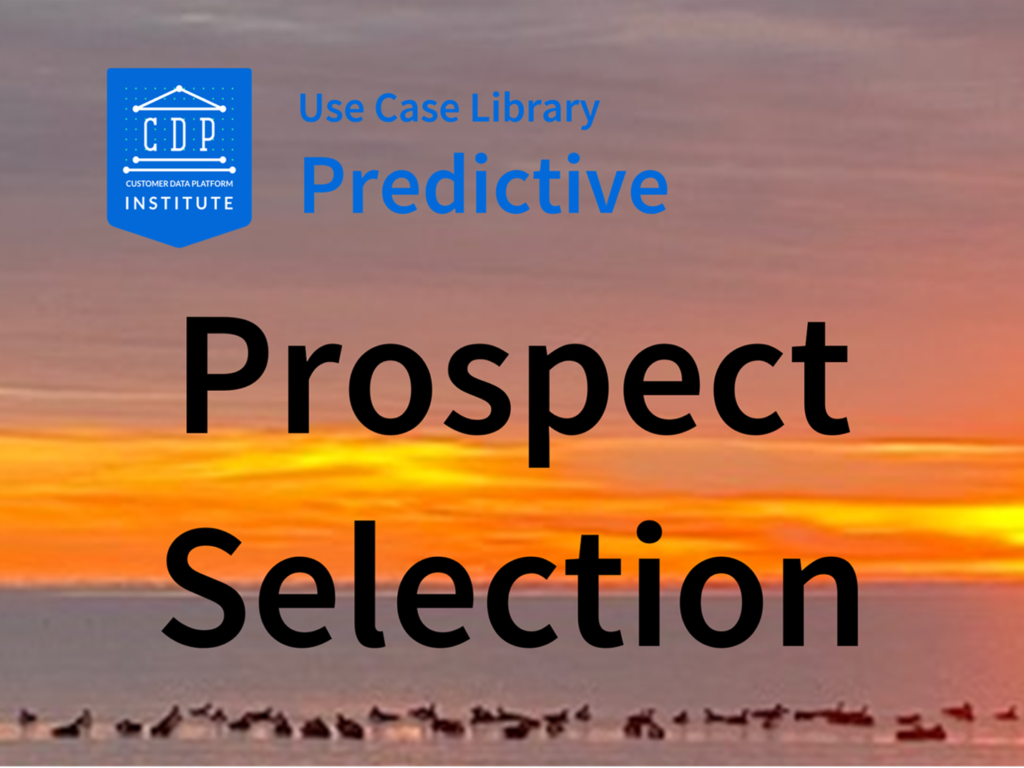
Select best prospects (among existing leads) using model based on CDP data. . Process: Execute model based on CDP data; store result on profile for use in CDP or other systems
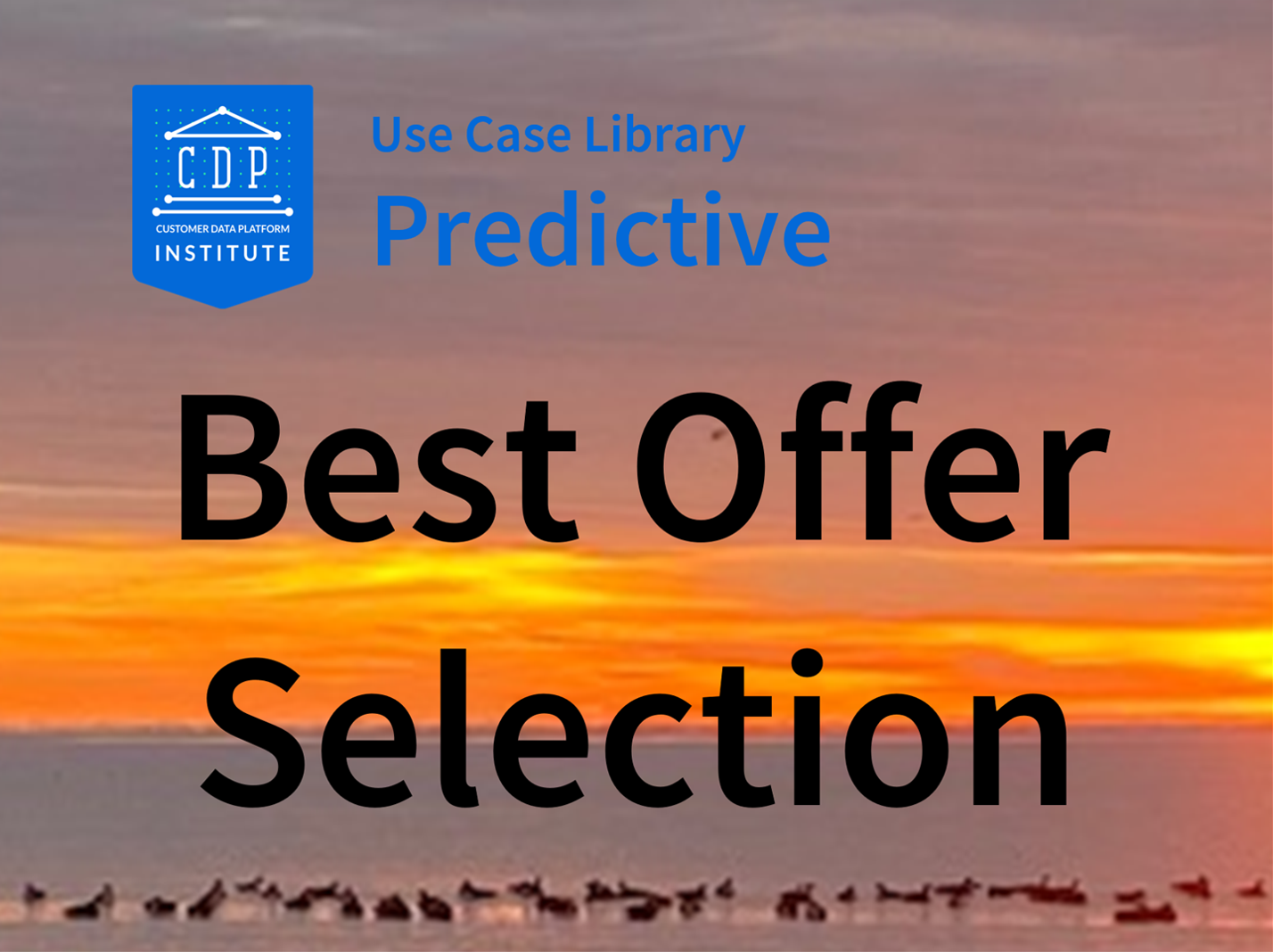
Select best offer using model based on CDP data. . Process: Execute model based on CDP data; store result on profile for use in CDP or other systems
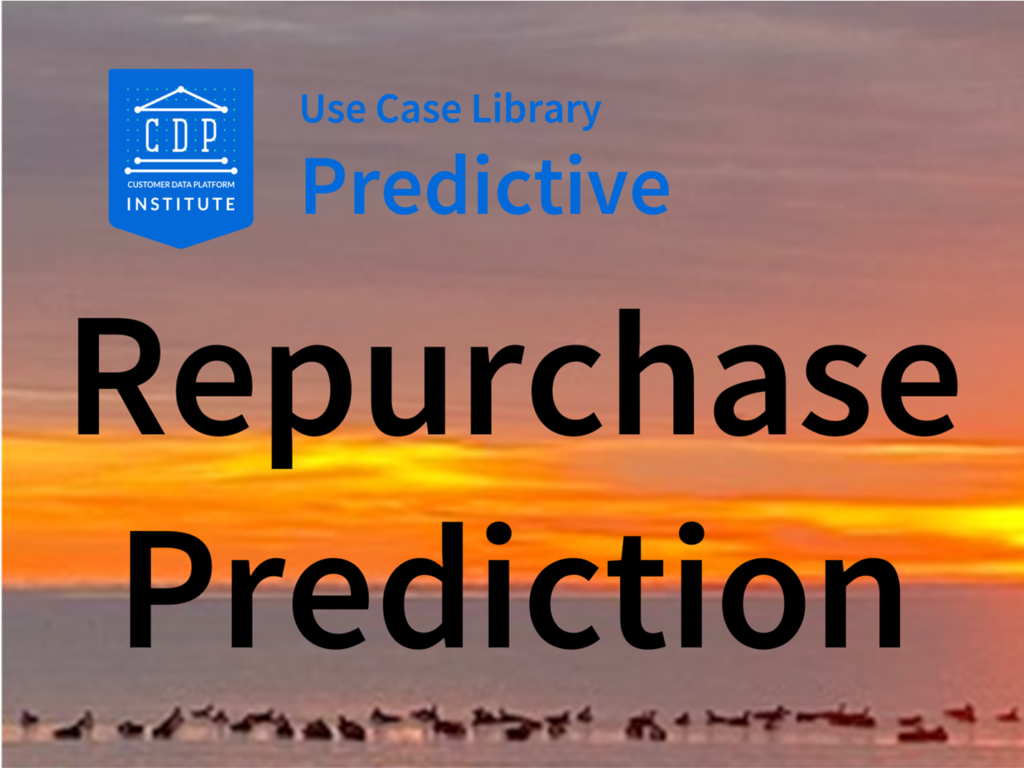
Estimate likelihood of repurchase using model based on CDP data. . Process: Execute model based on CDP data; store result on profile for use in CDP or other systems
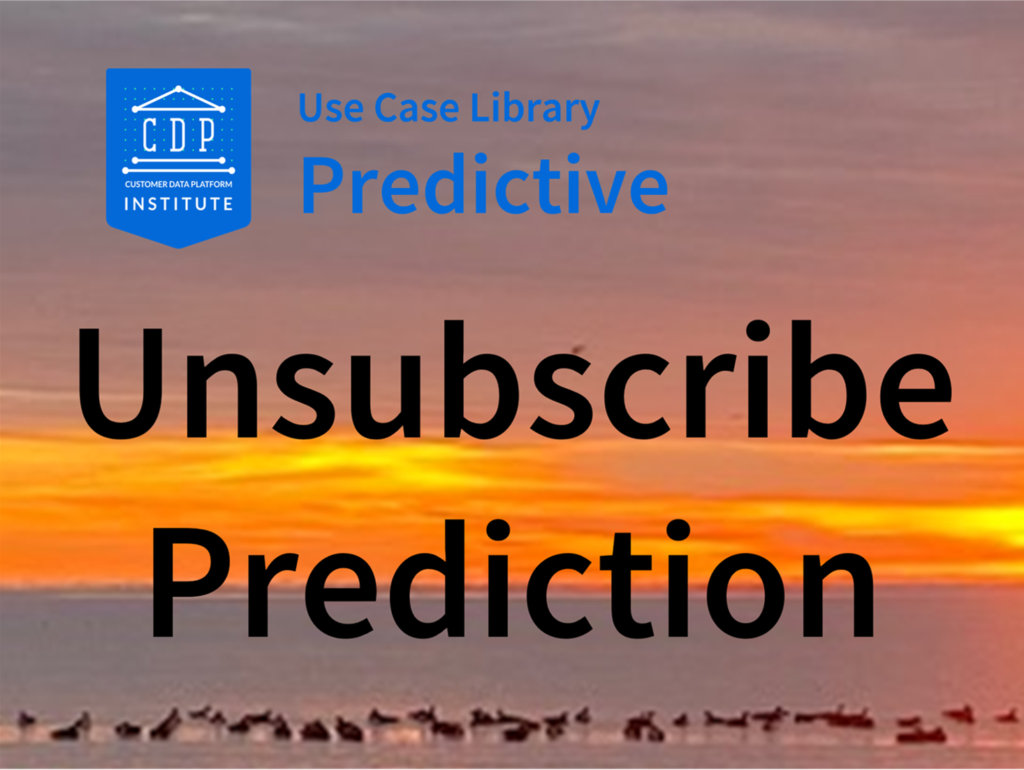
Estimate likelihood of unsubscription using model based on CDP data. . Process: Execute model based on CDP data; store result on profile for use in CDP or other systems
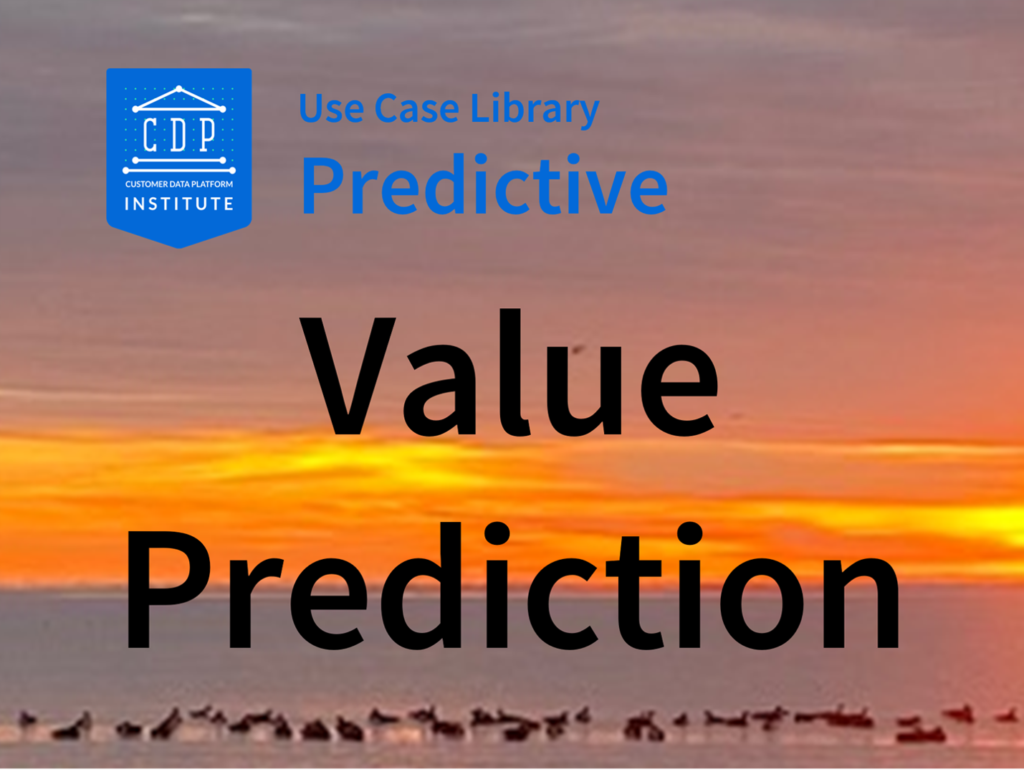
Estimate future value of customer using model based on CDP data. . Process: Execute model based on CDP data; store result on profile for use in CDP or other systems
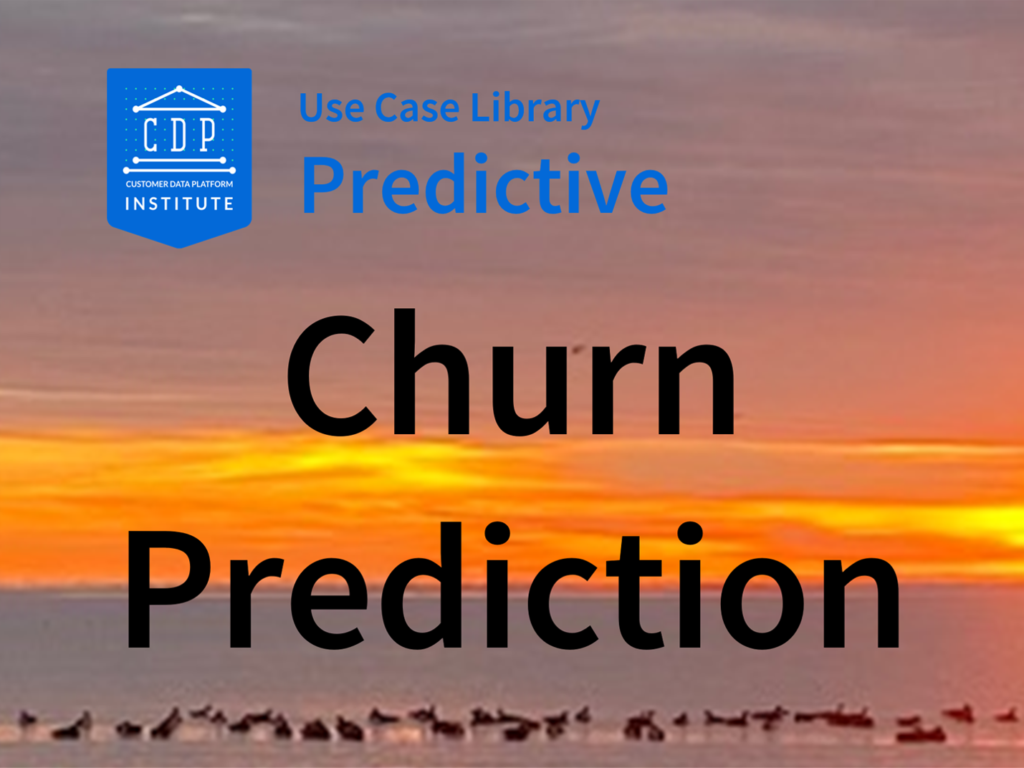
Estimate likelihood of customer churn using model based on CDP data. . Process: Execute model based on CDP data; store result on profile for use in CDP or other systems
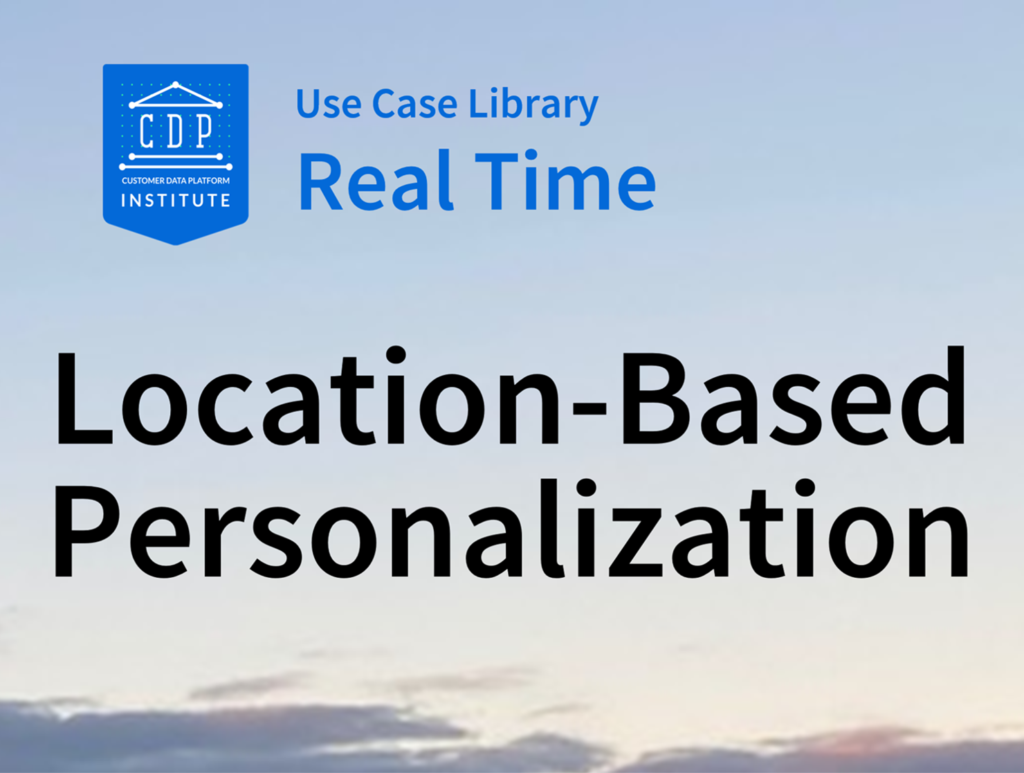
Select best message in real time based on current customer location and past data. Process: Receive real time stream of visitor locations and IDs from channel system; use location to look up relevant information (e.g. local weather); use ID to find visitor’s profile in the CDP; use location plus profile to infer customer context (e.g. work, home, vacation); apply rules or predictive models to select best message using all data; send to channel system for delivery; track behavior during session and make new adjusted selections.
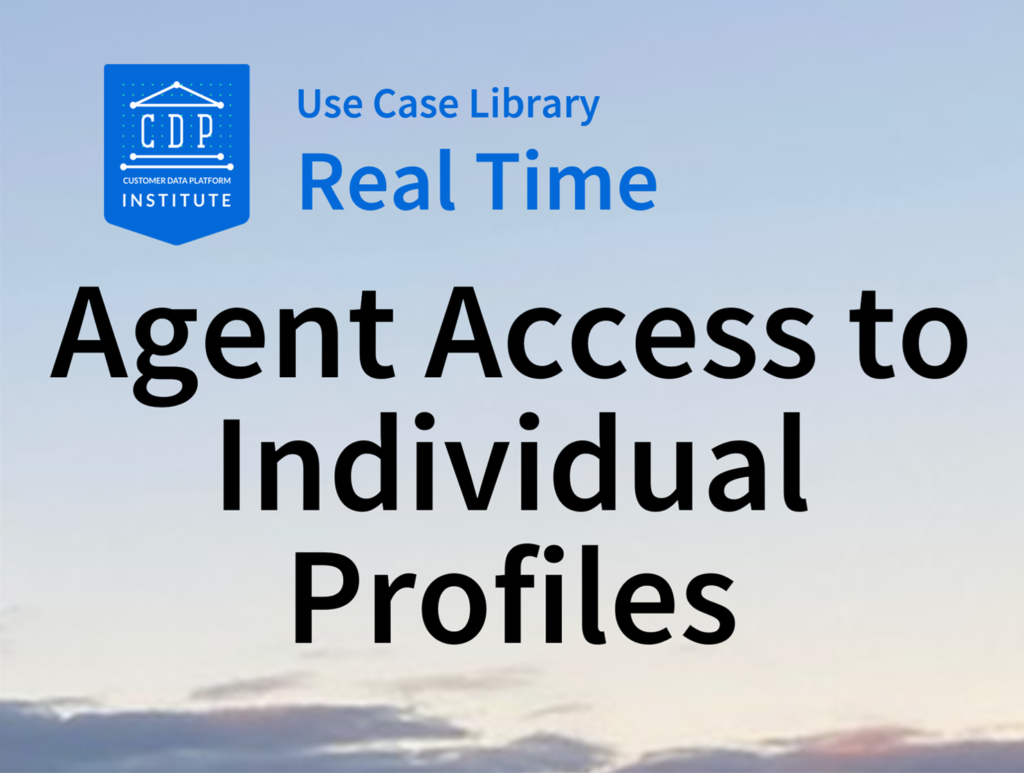
Present complete customer history to call center or sales agent during interactions. Process: Receive customer ID or attributes from channel system; find customer’s profile in CDP and display selected data on agent screen.
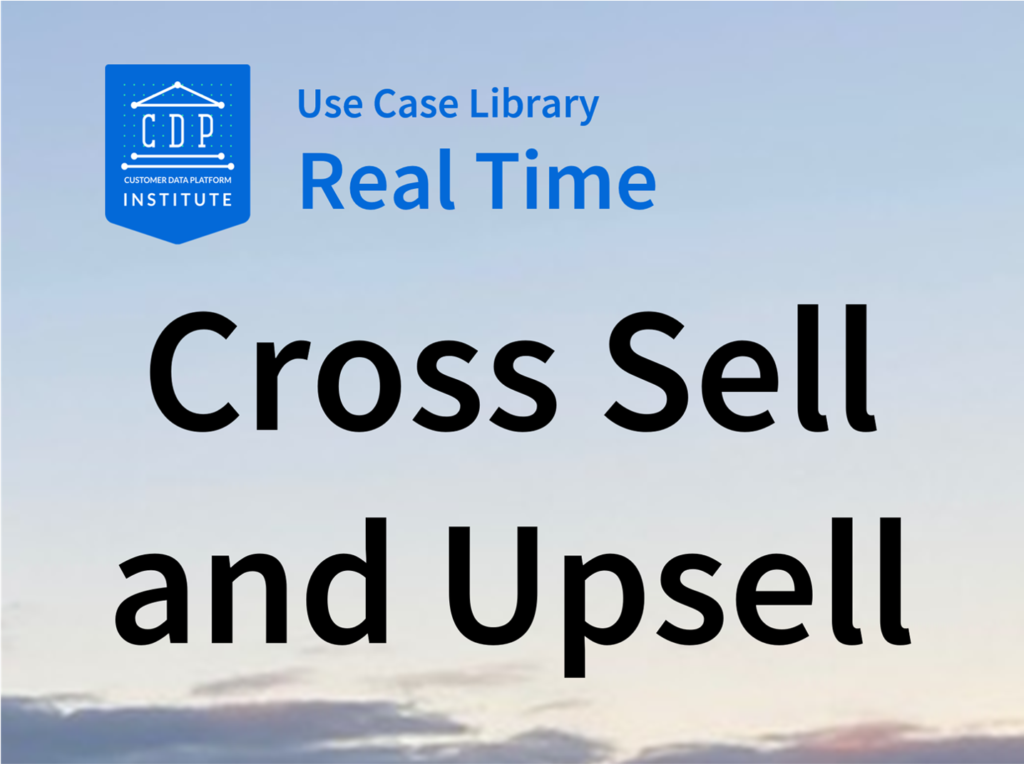
Select best product for known customers in real time based on their past data. Process: Receive realtime stream of visitor behaviors and IDs from channel system; use ID to find visitor’s profile in the CDP; apply rules or predictive models to select best product using profile data; send to channel system for delivery; track behavior during session and make new adjusted selections.
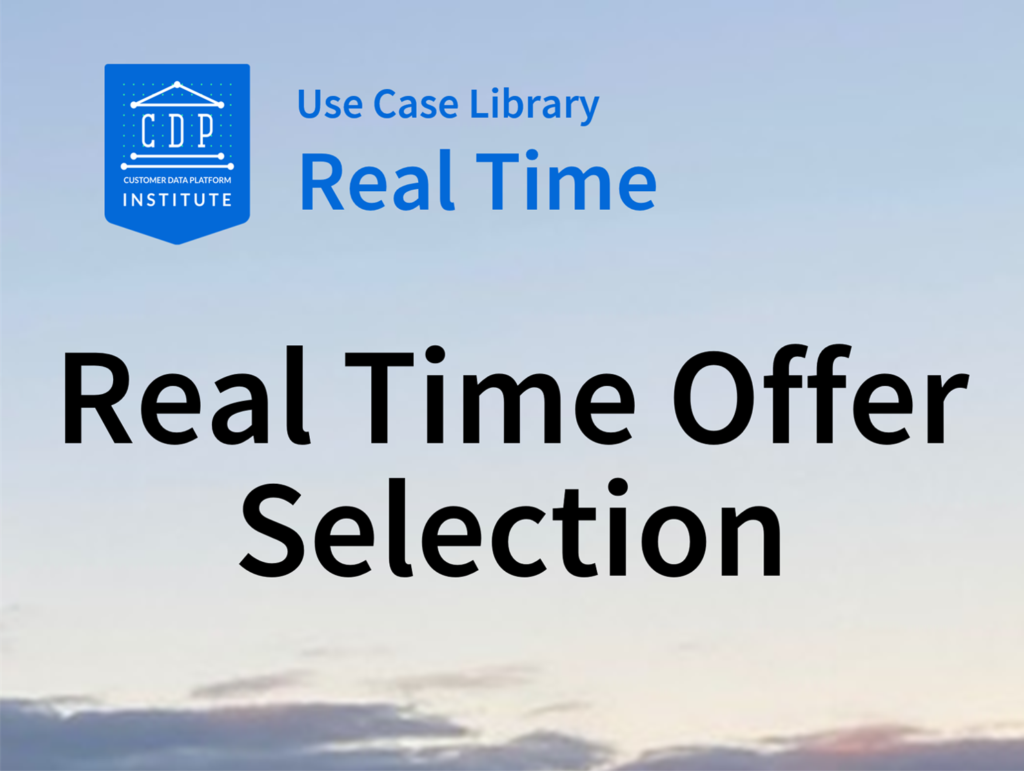
Select offer for known customers in real time based on their past data. Process: Receive realtime stream of visitor behaviors and IDs from channel system; use ID to find visitor’s profile in the CDP; apply rules or predictive models to select best offer using profile data; send to channel system for delivery; track behavior during session and make adjusted selections.
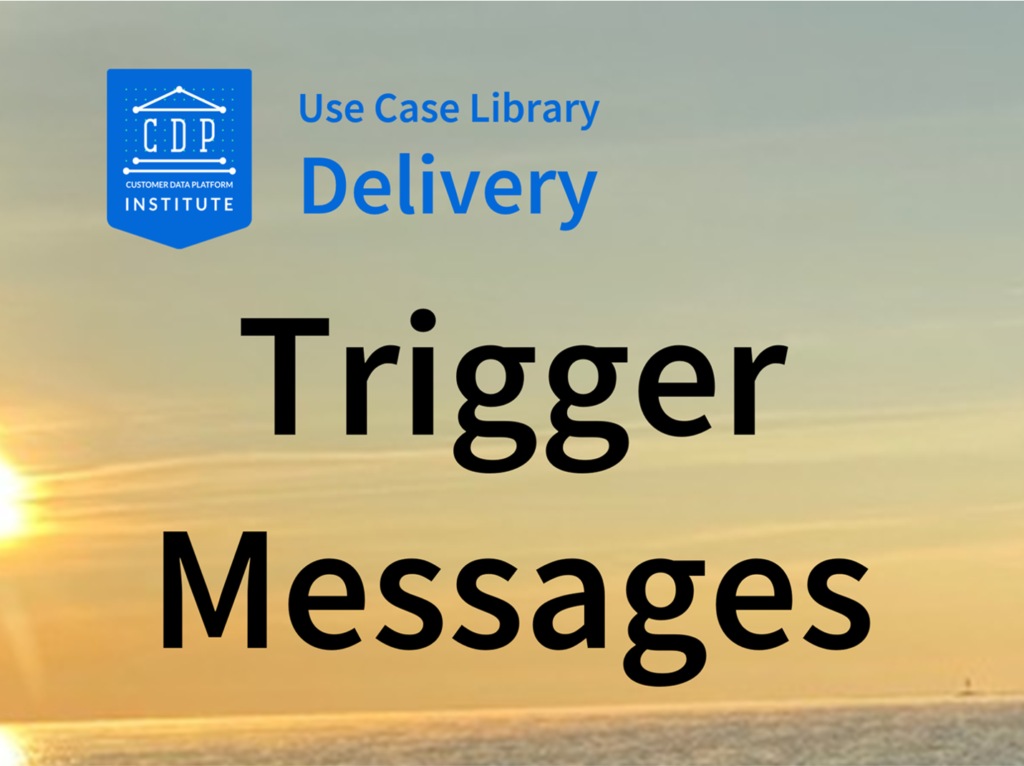
Send messages to customers based on specified actions or events. Process: Define trigger events; select customers who experience trigger event in real time or near realtime; select best message; send to delivery system.
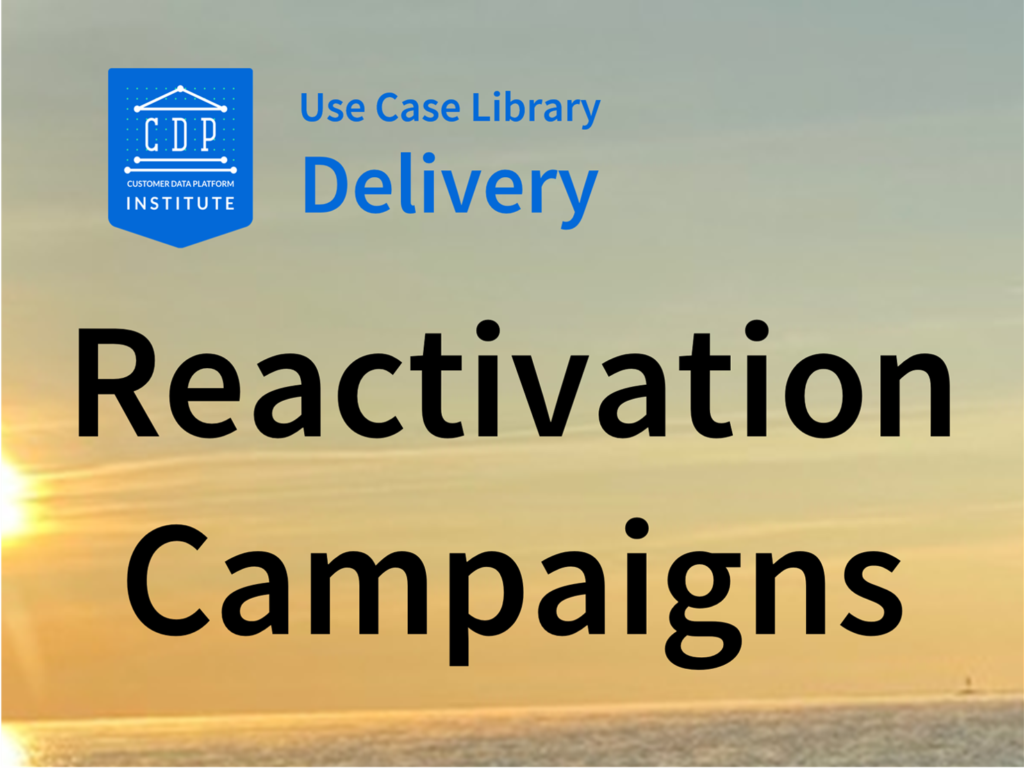
Send messages to customers who have stopped doing business or are at risk. Process: Define selection criteria drawing on behaviors in customer profile; select customers and appropriate message; send to delivery system.

Remove previous buyers from campaigns for specific products. Process: Exclude customers from product campaigns based on purchases made across all channels, as captured in unified customer database.
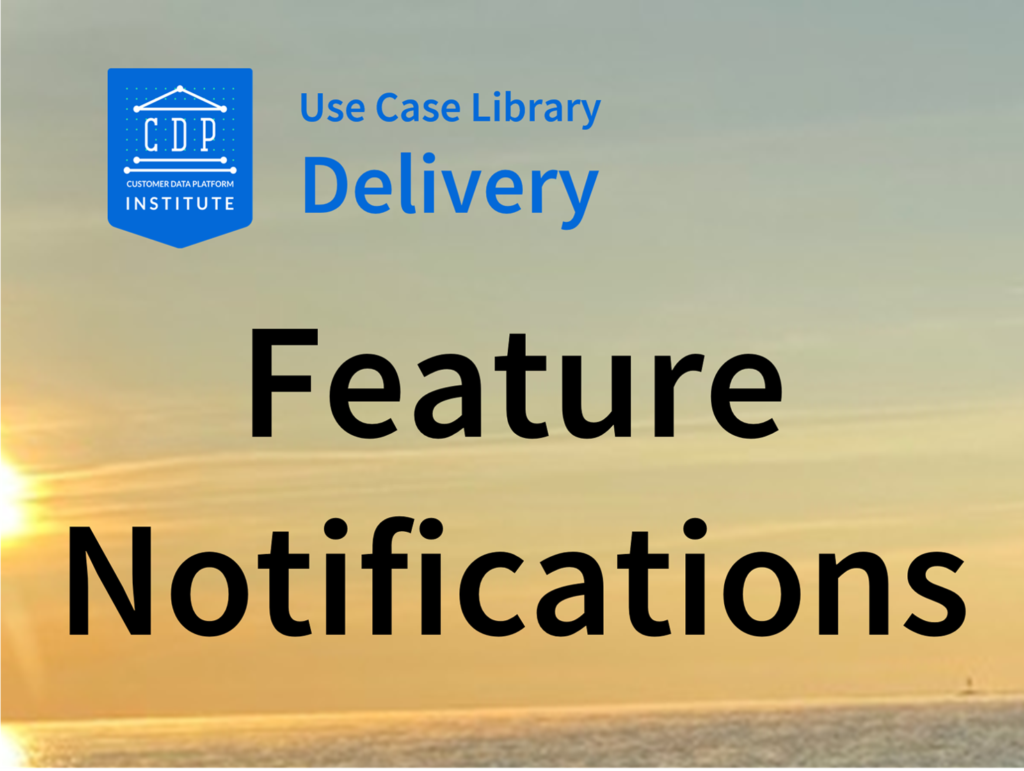
Notify customers of new features that are relevant to them. Process: Identify customers with products affected by new feature and/or whose past behavior indicates high likelihood of interest in new feature.
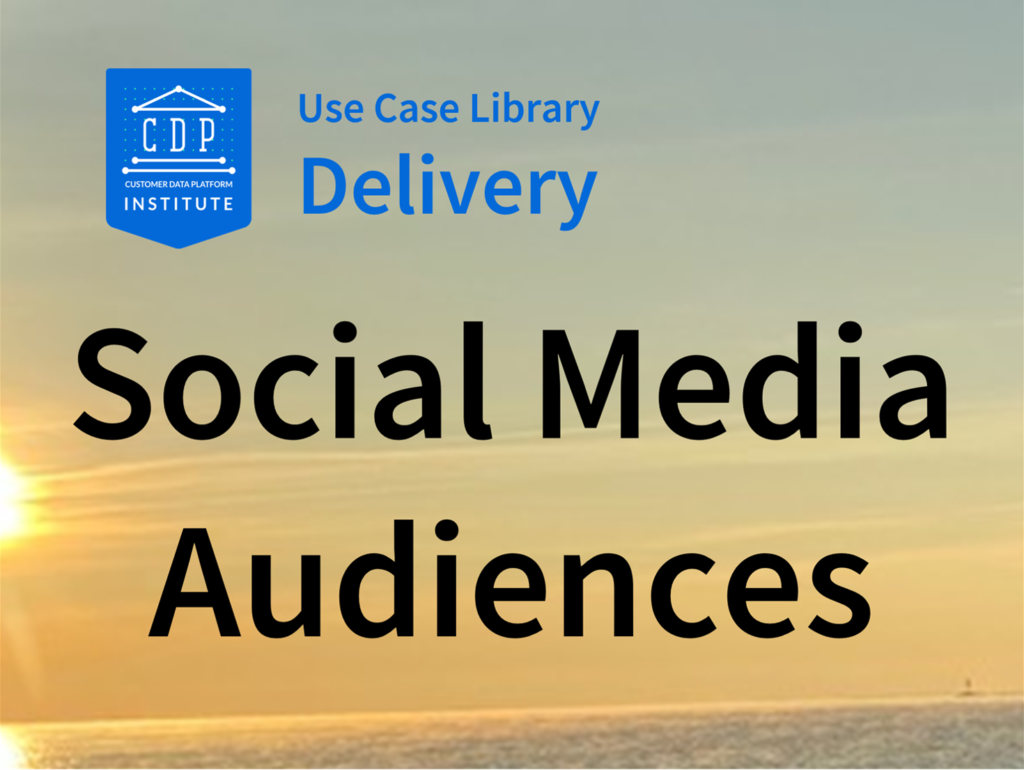
Send audiences to social media ad vendors. Process: Select audiences for social media advertising; send hashed email or other identifiers plus desired message; subsequently analyze performance of selected names.
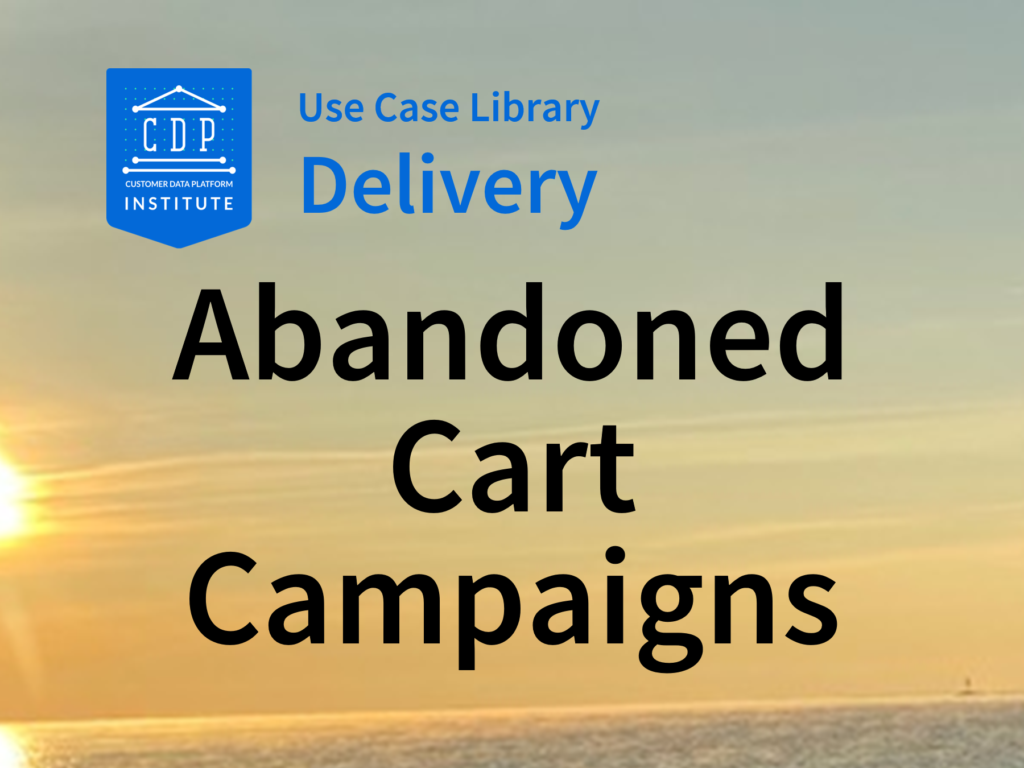
Send messages to customers who abandon shopping carts and stop sending messages when no longer relevant. Process: Receive abandoned cart lists from ecommerce systems; use profile data to determine best treatment for each customer on list; send appropriate customers and offers to retargeting systems (email, mobile, social, web ads, Web site). Remove customers from list when they buy or take other action.
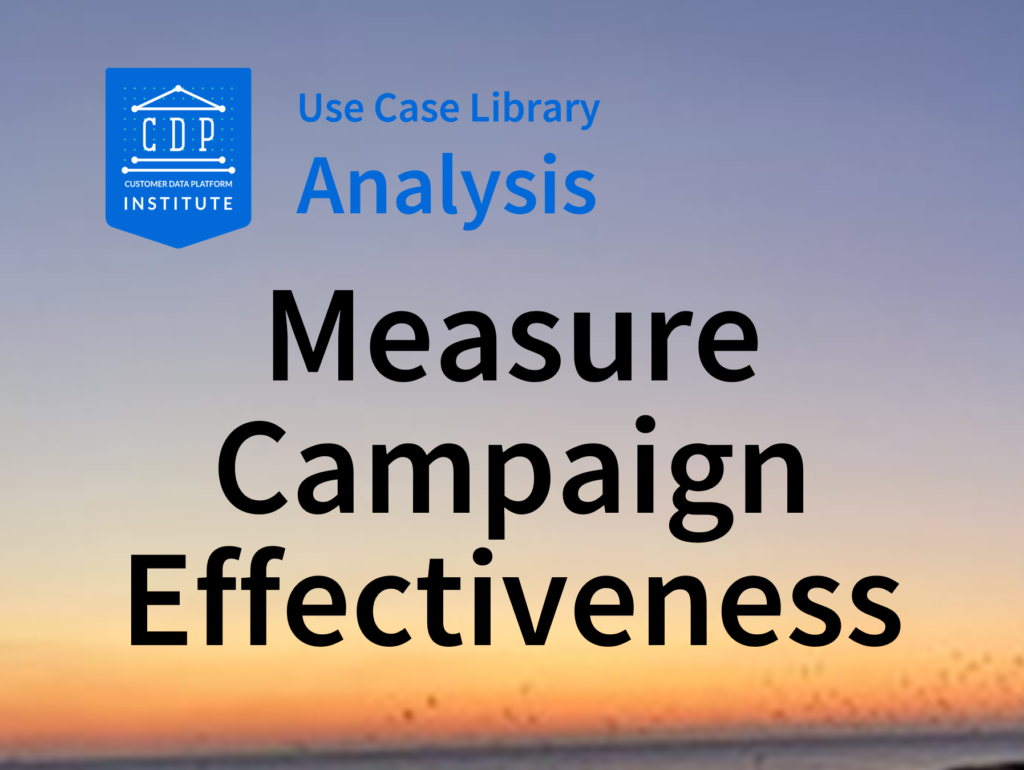
Estimate the change in behavior caused by a marketing program. Process: Identify sets of otherwisesimilar customers who did and didn’t experience a marketing program; compare subsequent behaviors.
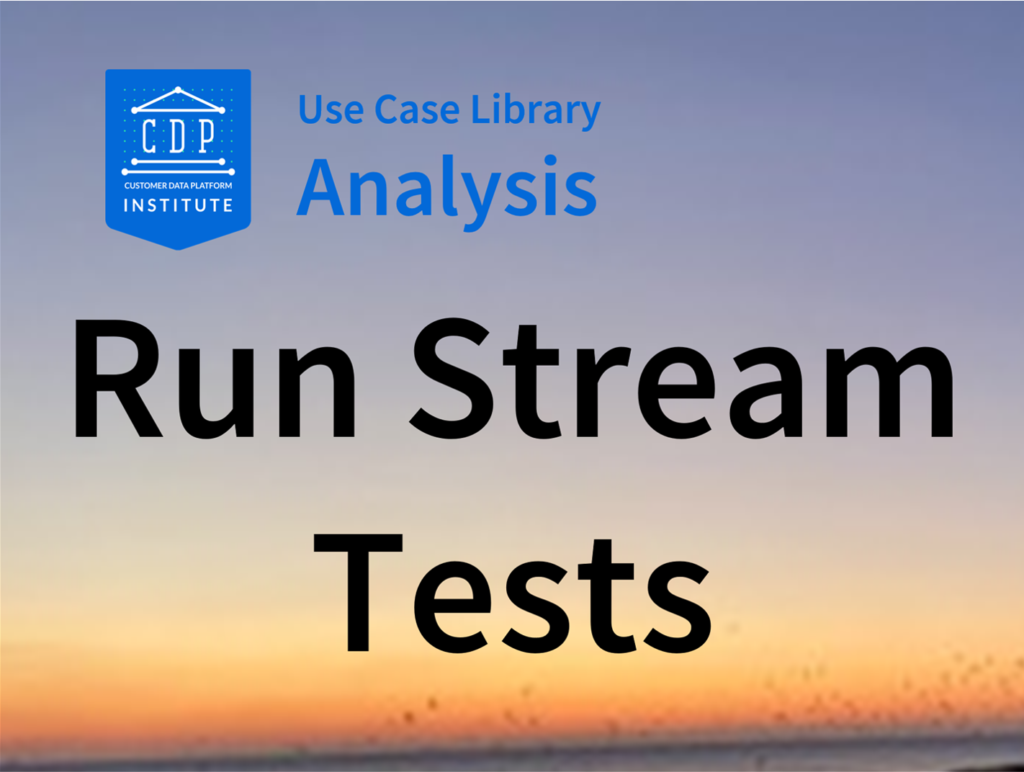
Compare behaviors of customers in different long-running marketing programs. Process: Select similar sets of customers and assign to test vs control groups; execute test over time; compare behaviors at end of test.

Locate field events in areas where there are high concentrations of customers with strong purchase intent. Process: Assign customers to location-based clusters; identify clusters with most customers having high intent and value scores; schedule events in those areas.
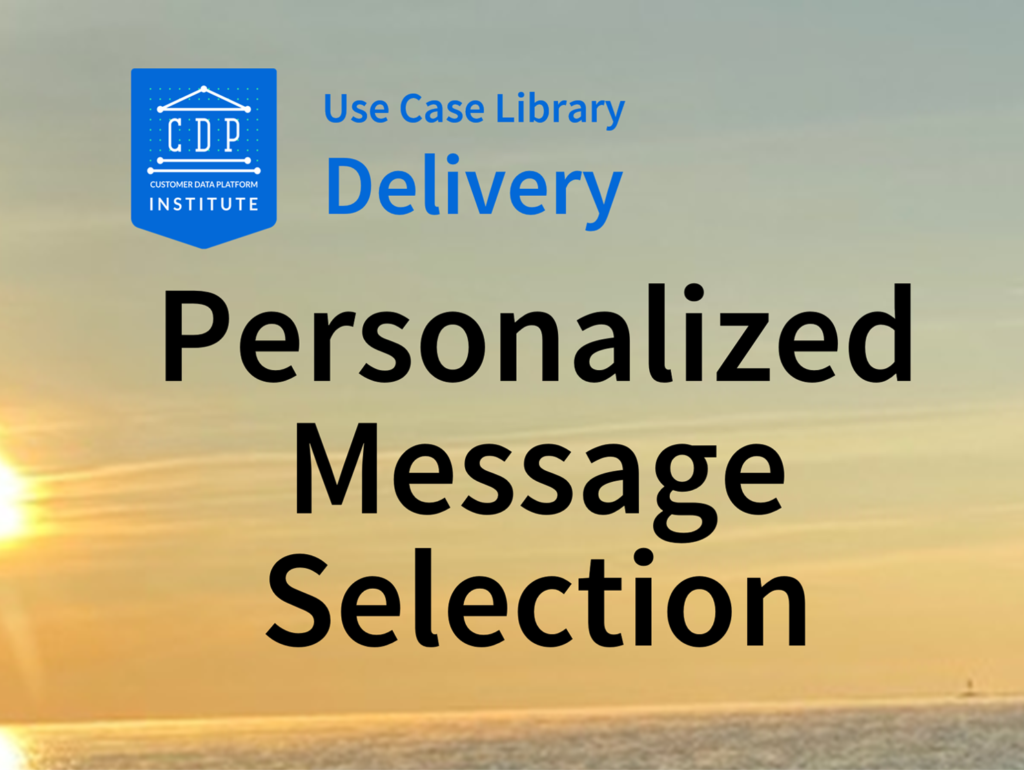
Provide customer-level data to personalization system. . Process: Specify data elements to use in personalization; specify list selection criteria; create list with data elements included and send to delivery system.
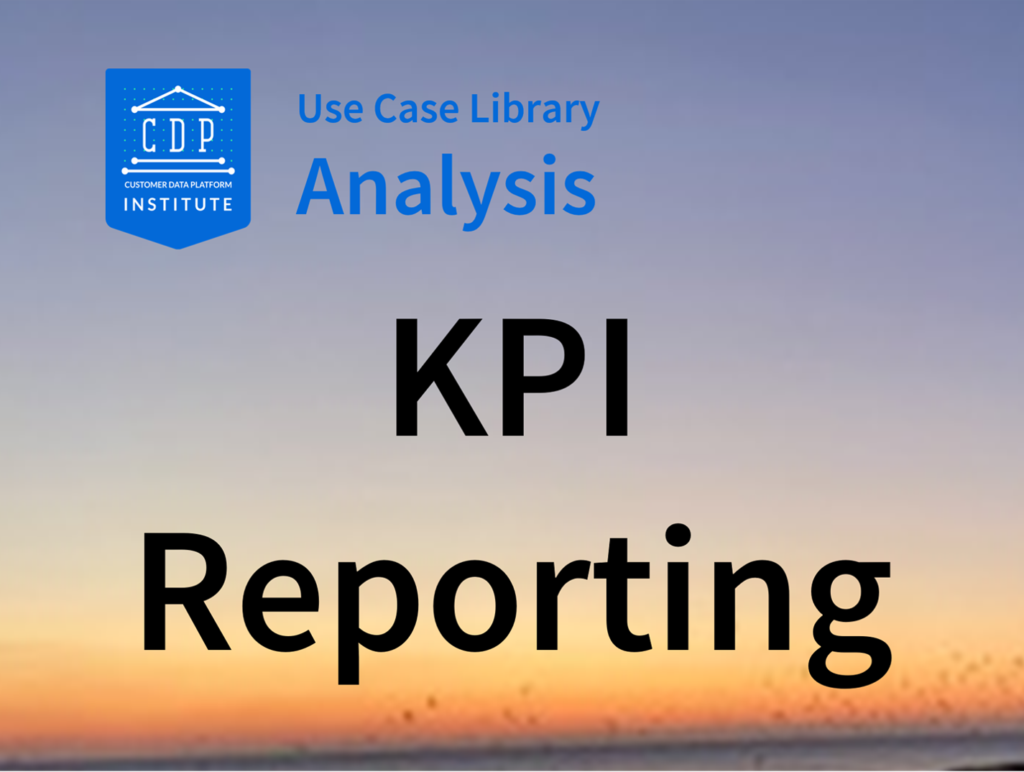
Generate reports based on Key Performance Indicators. Process: Define KPI formulas; calculate using customer data; deliver reports.
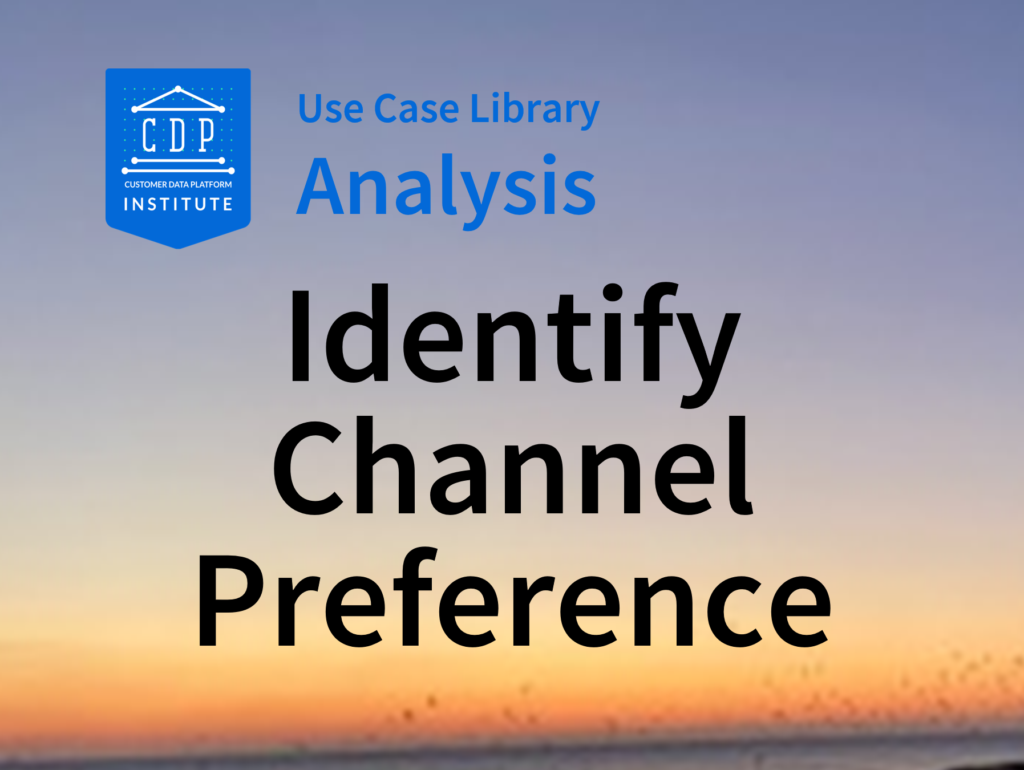
Determine which channels work best for each customer. Process: Analyze history of interactions by channel for each customer; identify customers who show preference for one or other channel.
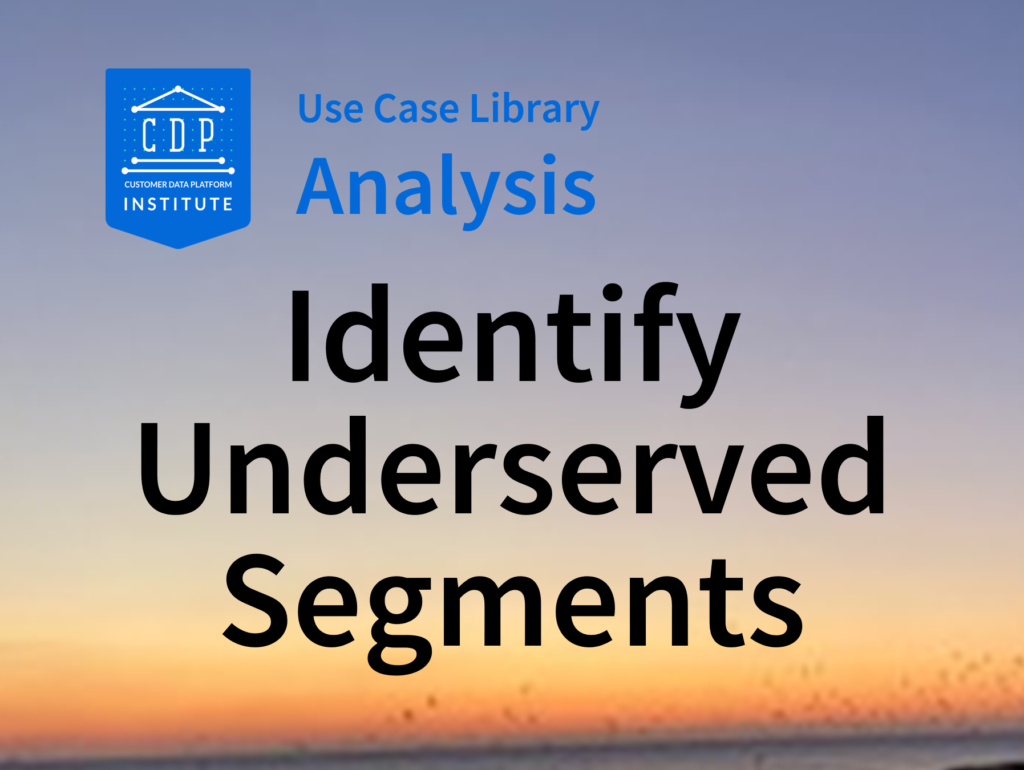
Find customer segments that could be contacted more often with good results. Process: Analyze interaction history to find customers with few contacts during recent period; find clusters of customers who would have been eligible for contact; assess potential value of contacting them with best messages.
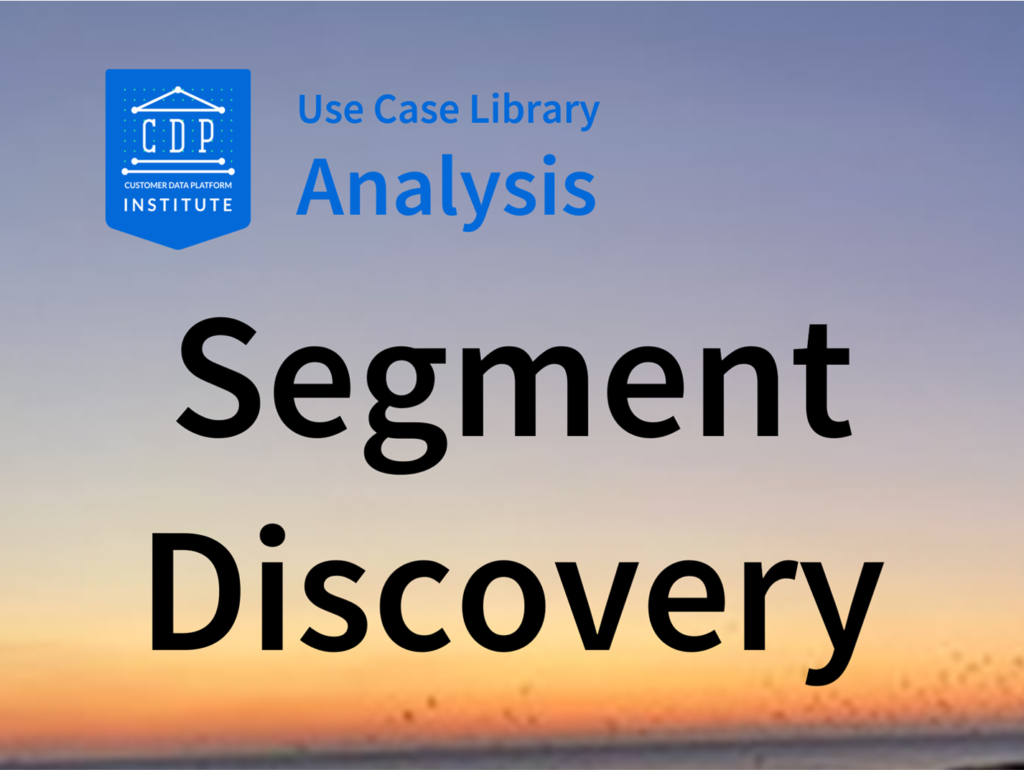
Identify sets of customers that can be usefully treated as segments. Process: Analyze customer profiles to find clusters with similar attributes or behaviors; assess potential to treat these distinctly.
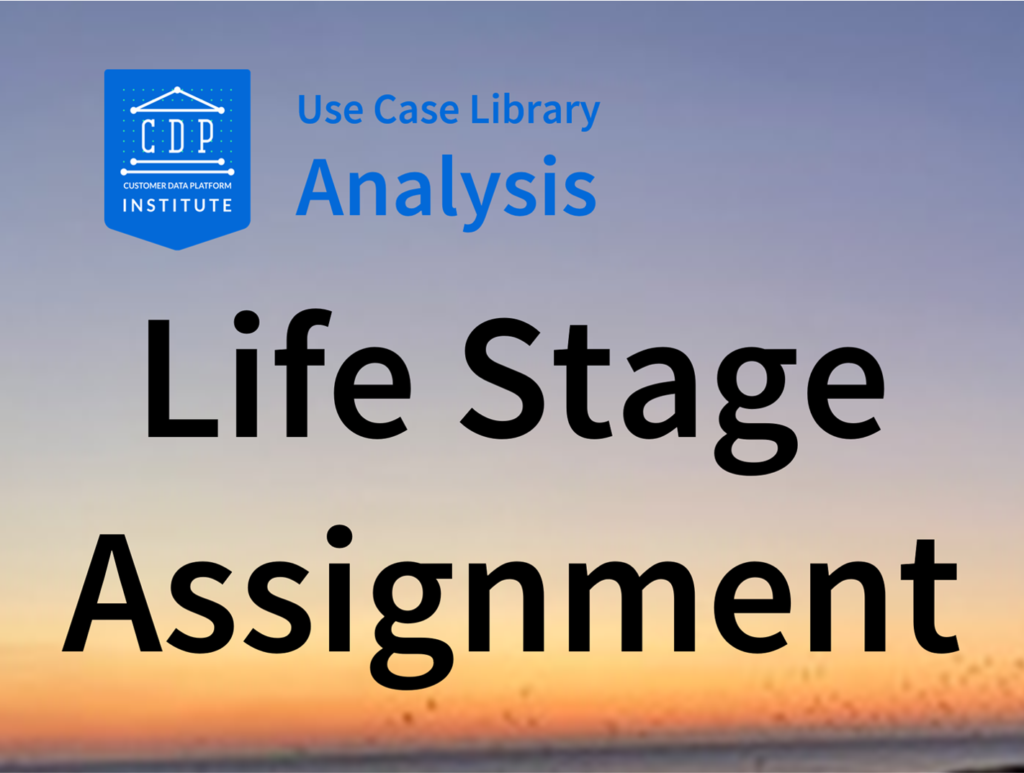
Tag customers who belong to previously defined life stages. Process: Define life stage criteria; tag customers who meet the criteria; track movement in or out of life stages over time.
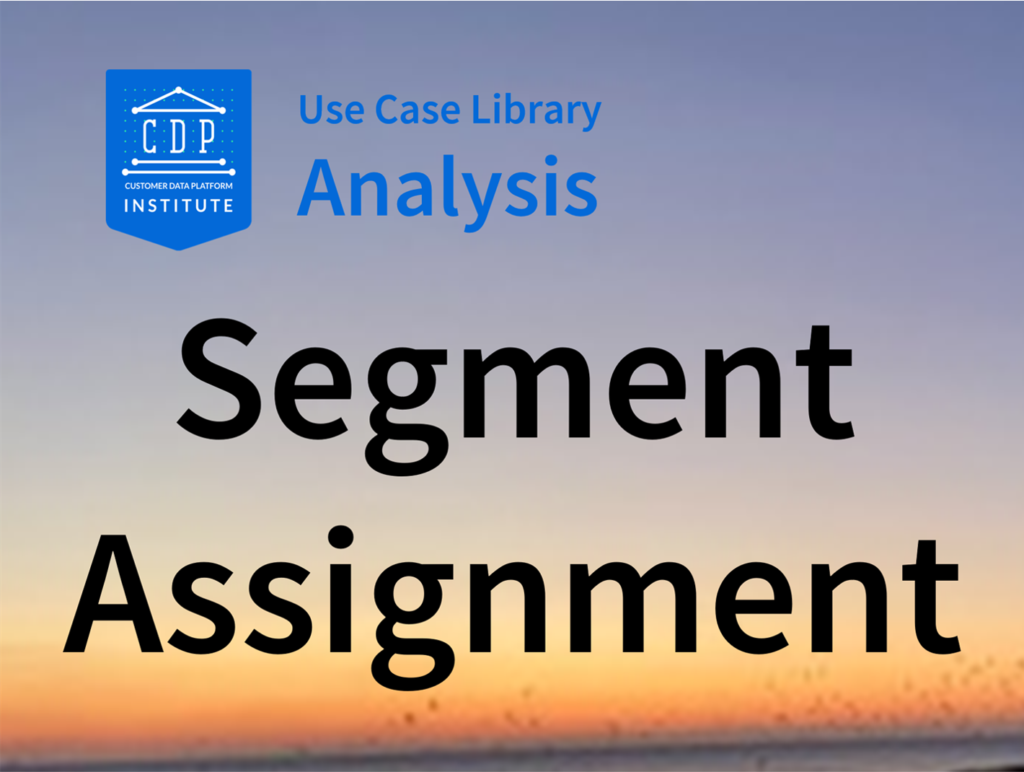
Tag customers who belong to previously defined segments. Process: Define segment criteria; tag customers who meet the criteria; track movement in or out of segments over time.
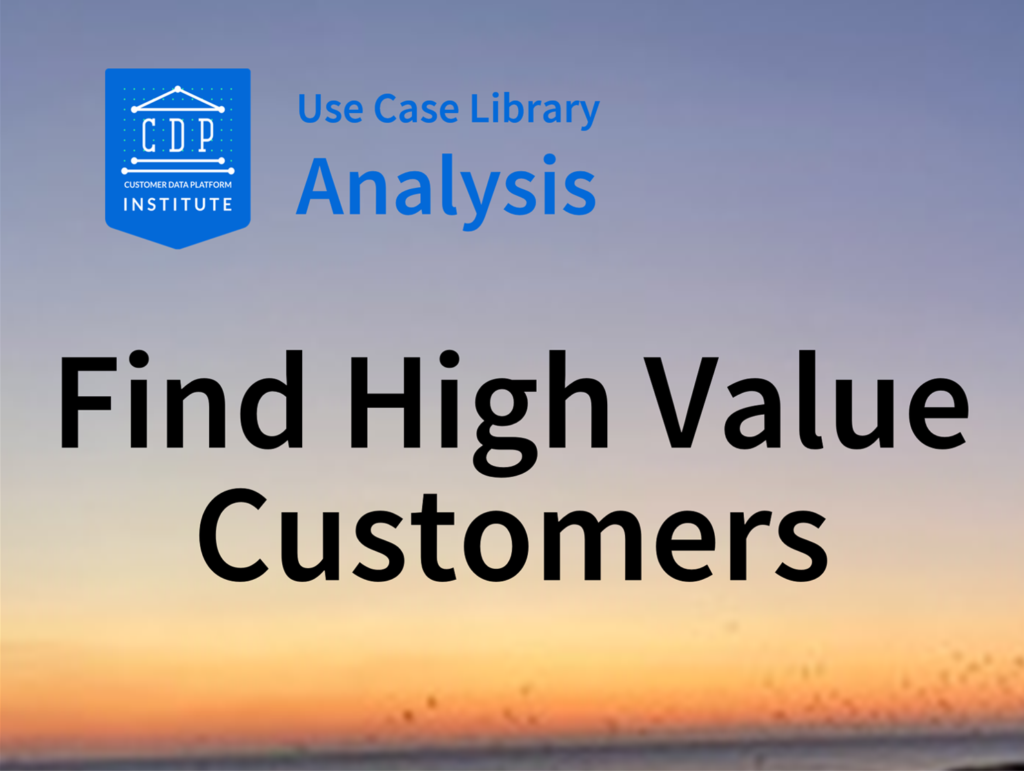
Identify individual customers who have returned high value. Process: Define criteria for high value customers; assemble list of customers meeting criteria
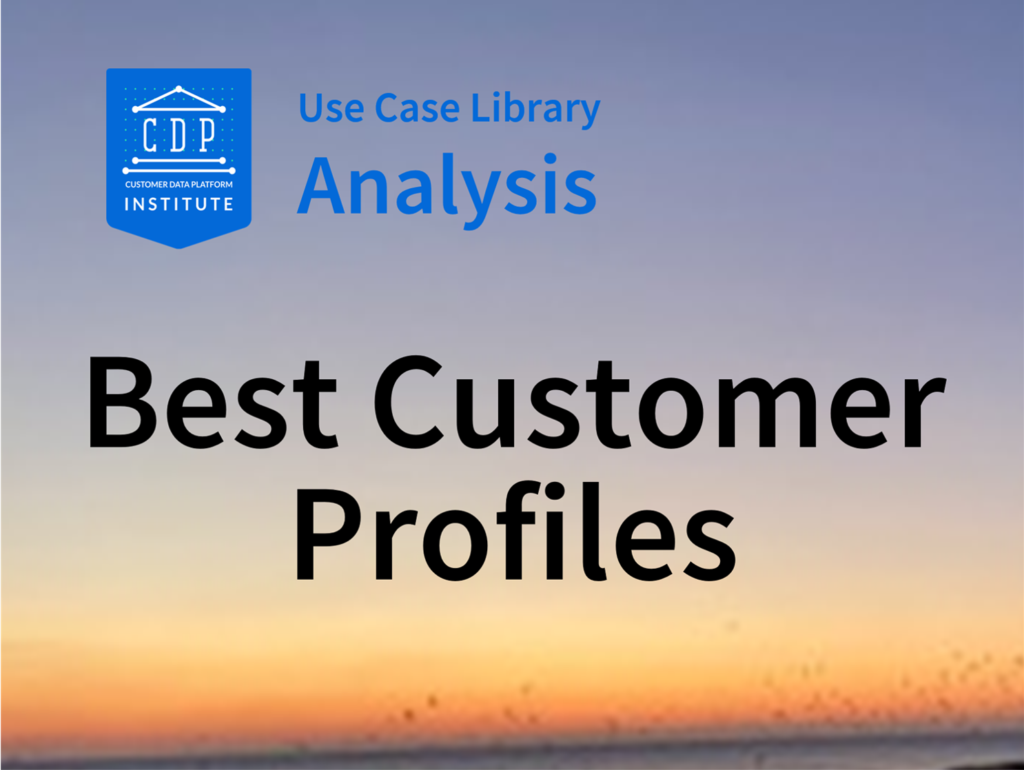
Identify attributes common to best customers. Process: Define criteria for best customer; assemble list of customers meeting criteria; identify attributes that distinguish them from others.
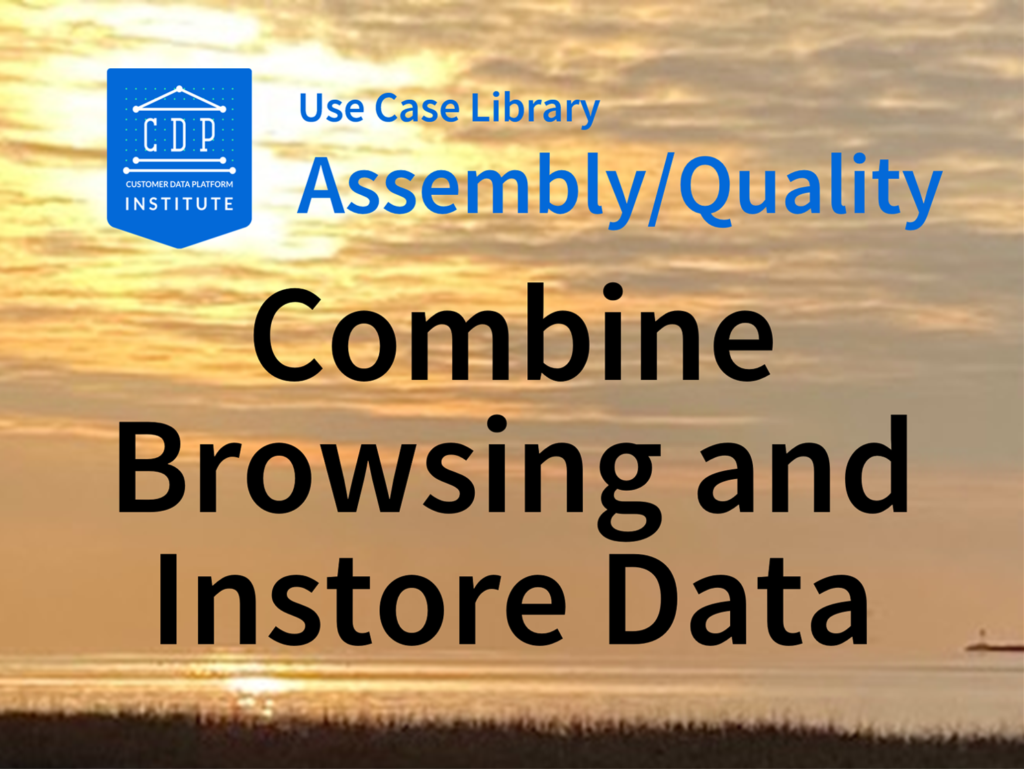
Link online and offline data relating to same customer. Process: Ingest data; use rules and reference data to link online and offline IDs; combined related data into unified profile.
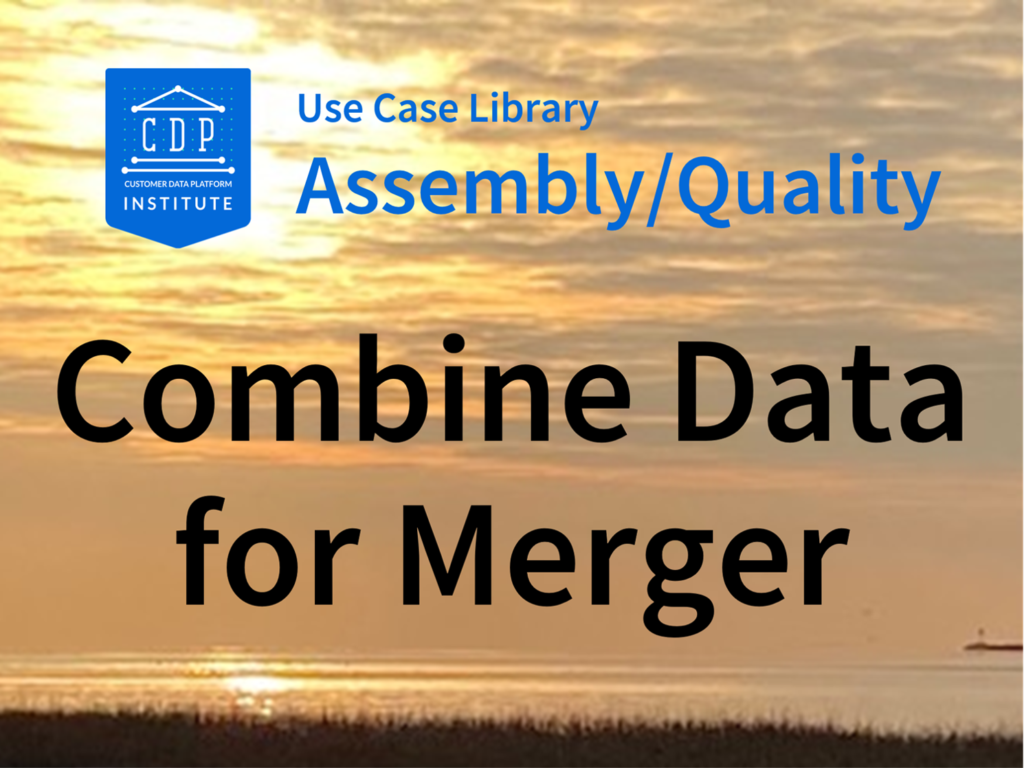
Link customer profiles from separate systems as before or after merger. . Process: Ingest data from different companies; use rules and reference data to link related IDs; create unified profiles.
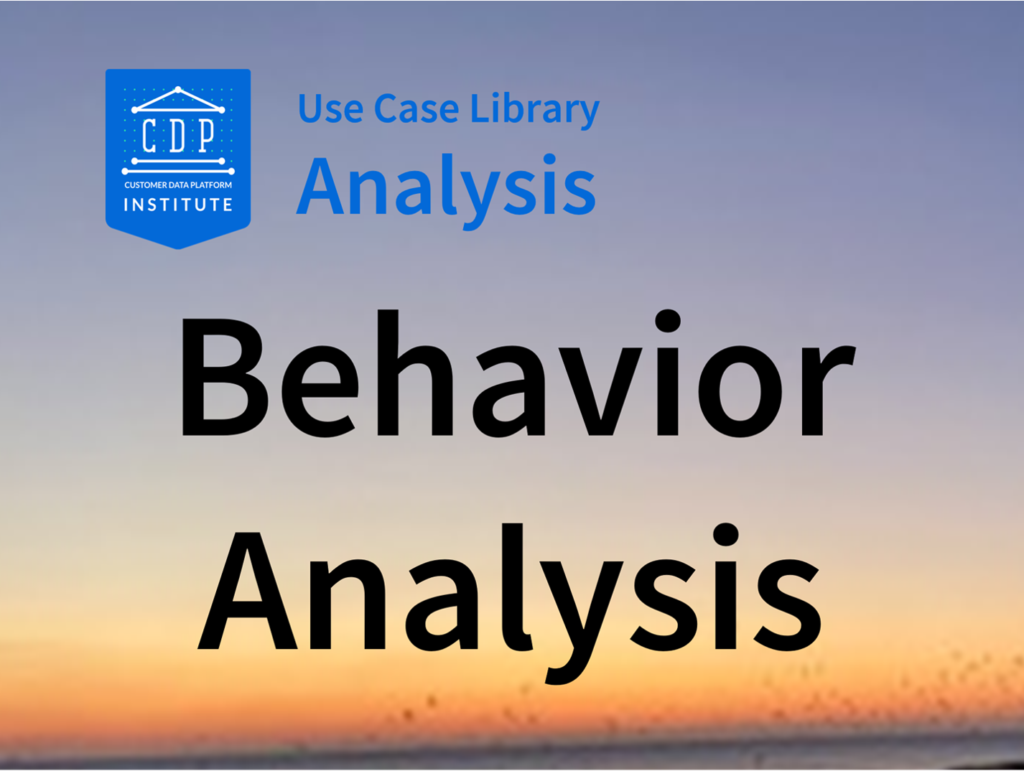
Track customer actions over time. Process: Assemble timeline of customer actions; find behavior patterns by segment, purpose, outcome, etc.
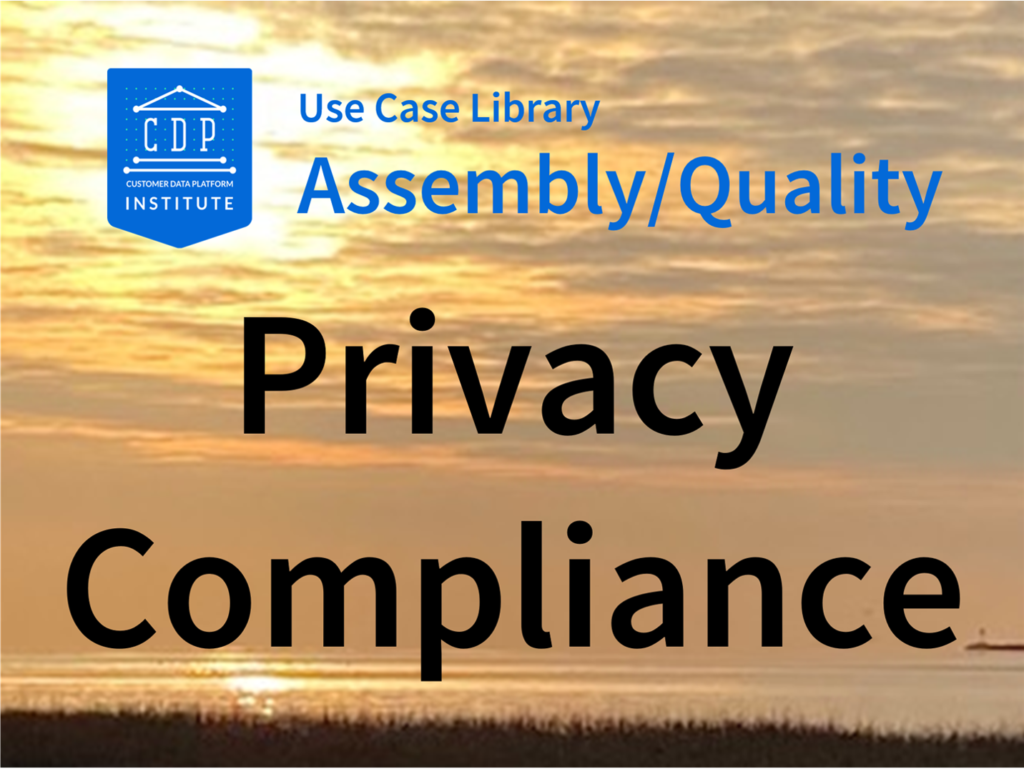
Use CDP to show personal data to customers, to store consent records, and as connection to source systems. . Process: Expose customer profile to system that responds to customer data requests. Store consent details in CDP and check for valid authority for data usage requests. Store origins of customer data and send change requests to source systems if required.
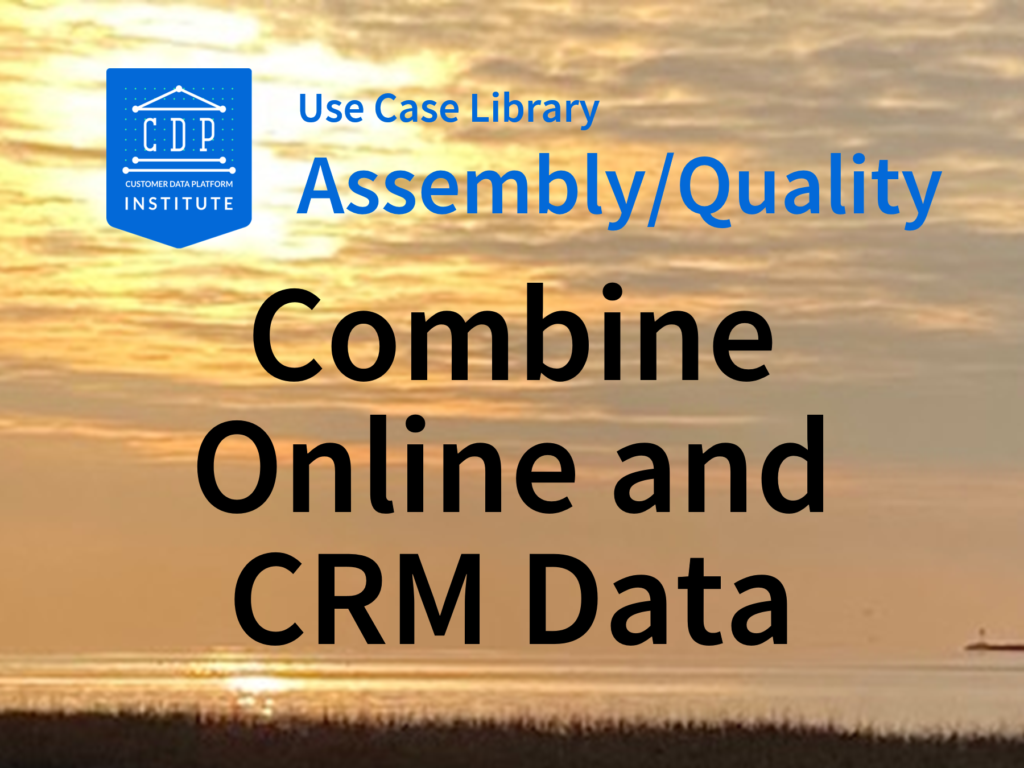
Link online and offline data relating to same customer. Process: Ingest data; use rules and reference data to link online and offline IDs; combined related data into unified profile.
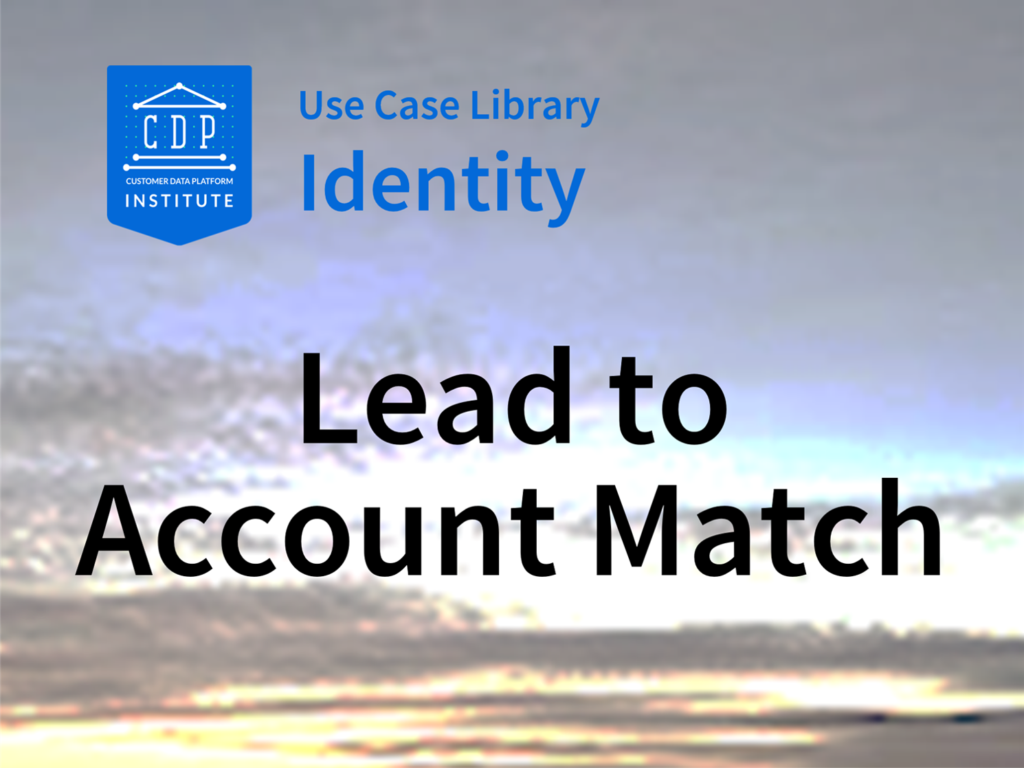
Associate individuals with businesses in B2B data. Process: Ingest data; apply rules and reference data to associate each individual with a business or department master ID.
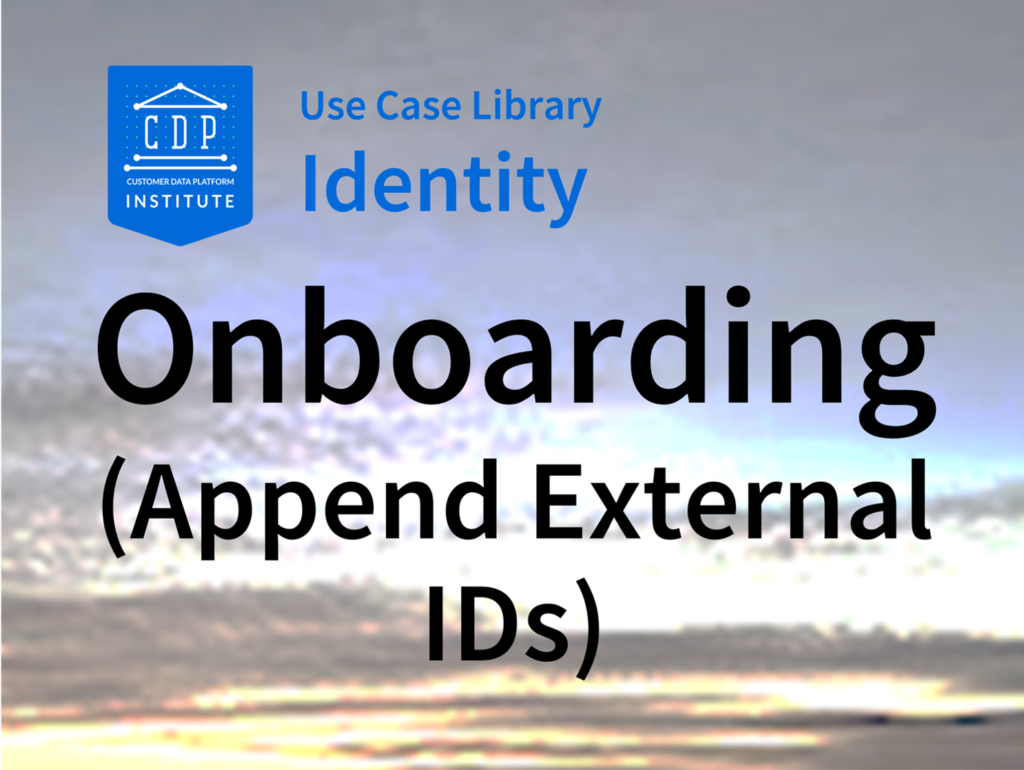
Append external identifiers to existing customer records. Process: Send customer records including IDs to external vendor who will match against additional identifiers and return these to append to the customer’s profile.
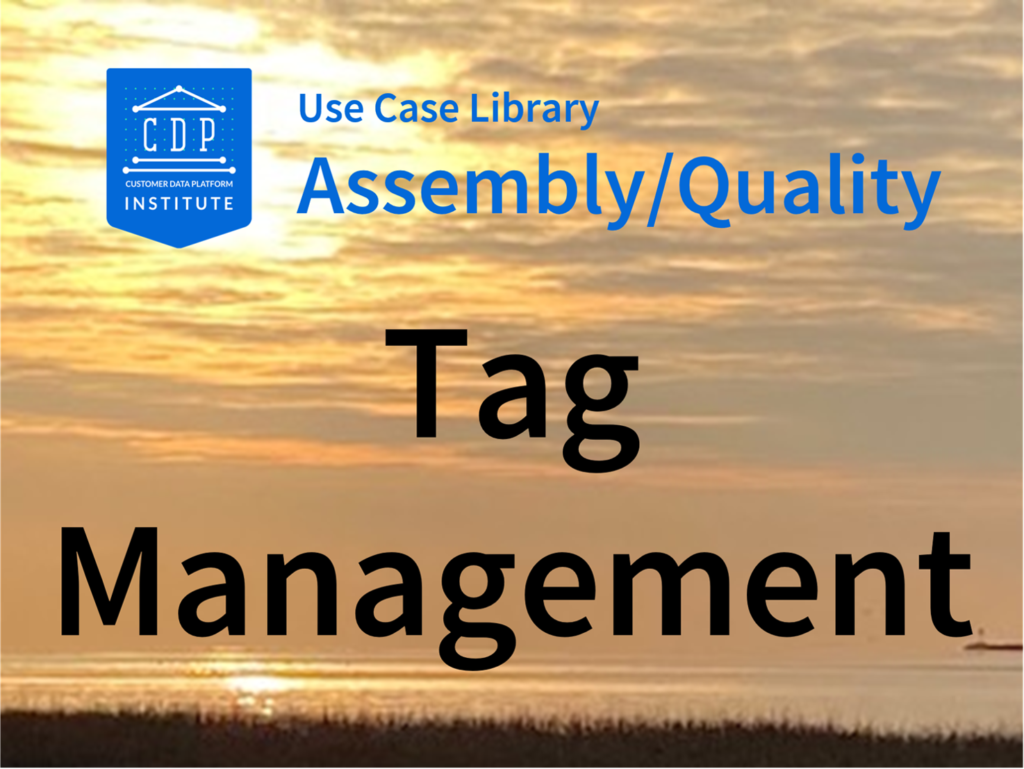
Use CDP pixel on Web site to capture user behavior. Process: Place CDP pixel on Web site, configure as needed to select data to ingest and destination(s)

Append external attribute and behavioral data to existing customer records. Process: Send customer records including IDs to external vendor who will match against their files, append new attributes, and return these to append to the customer’s profile.
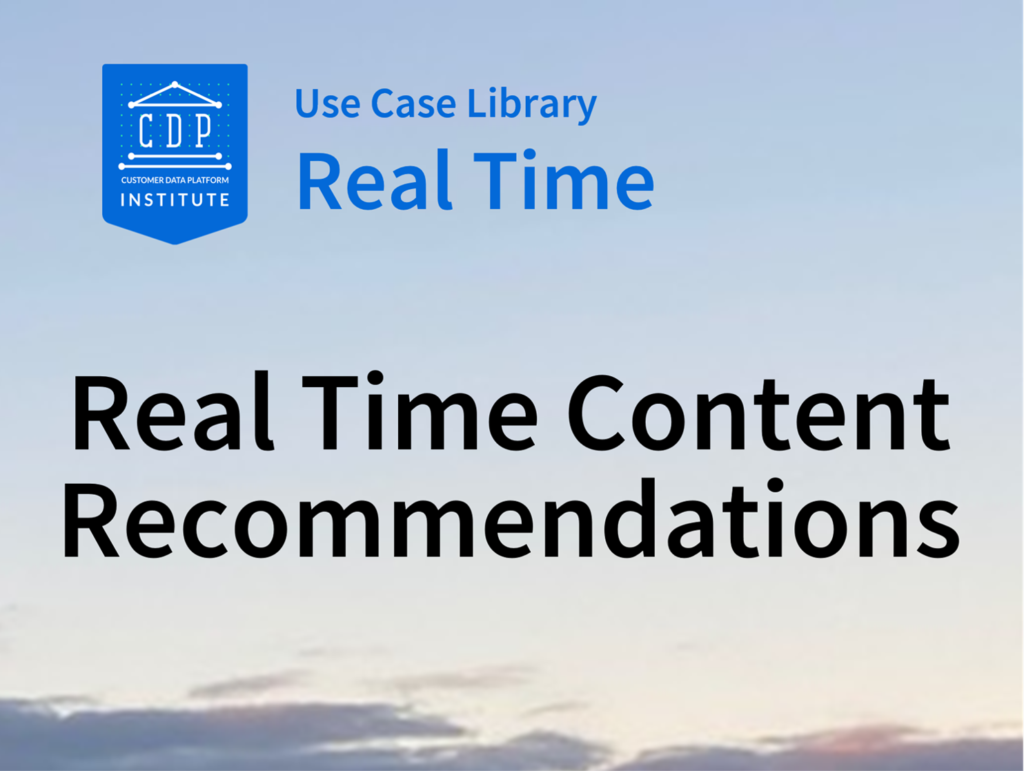
Need to select content for known customers in real time based on their past data. Process: Receive realtime stream of visitor behaviors and IDs from channel system; use ID to find visitor’s profile in the CDP; apply rules or predictive models to select best content using profile data; send to channel system for delivery; track behavior during session and make adjusted selections.
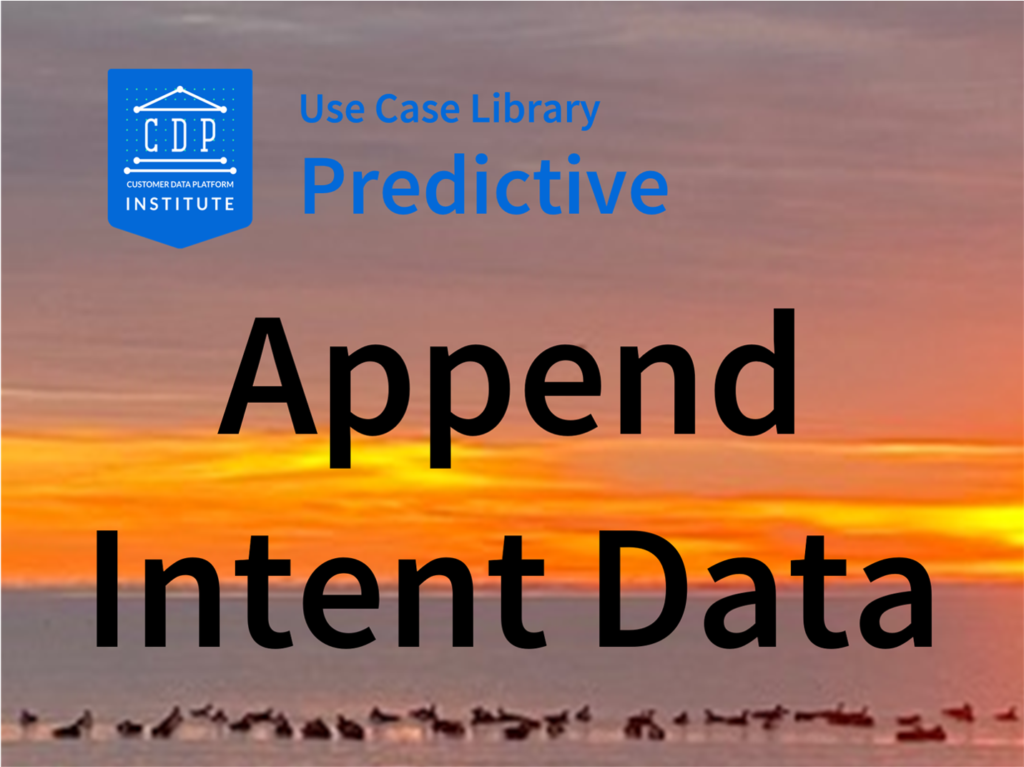
Need to add intent data from external sources to customer profiles in CDP. Process: Send data on target customers to external system, which will match against its data, append intent data (or set up alerts for future data) and return data to load into CDP or other systems
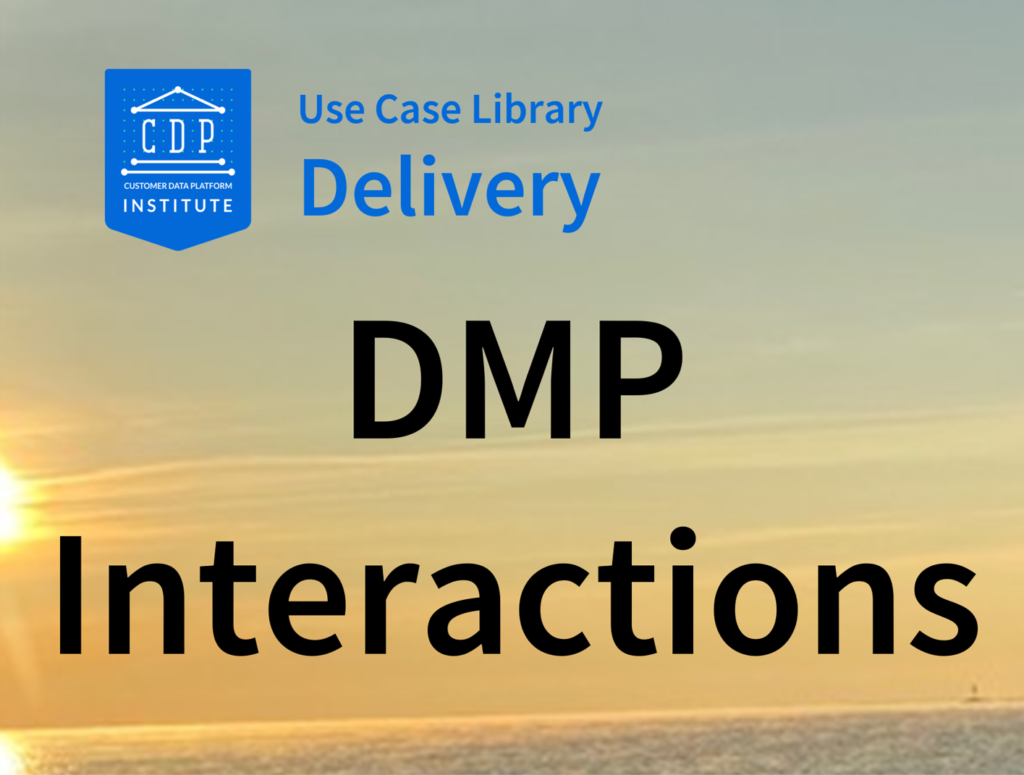
Need to synchronize DMP and CDP data. Process: Send anonymized profiles to DMP, which will use them to create audiences or bids; return results to CDP for analysis.
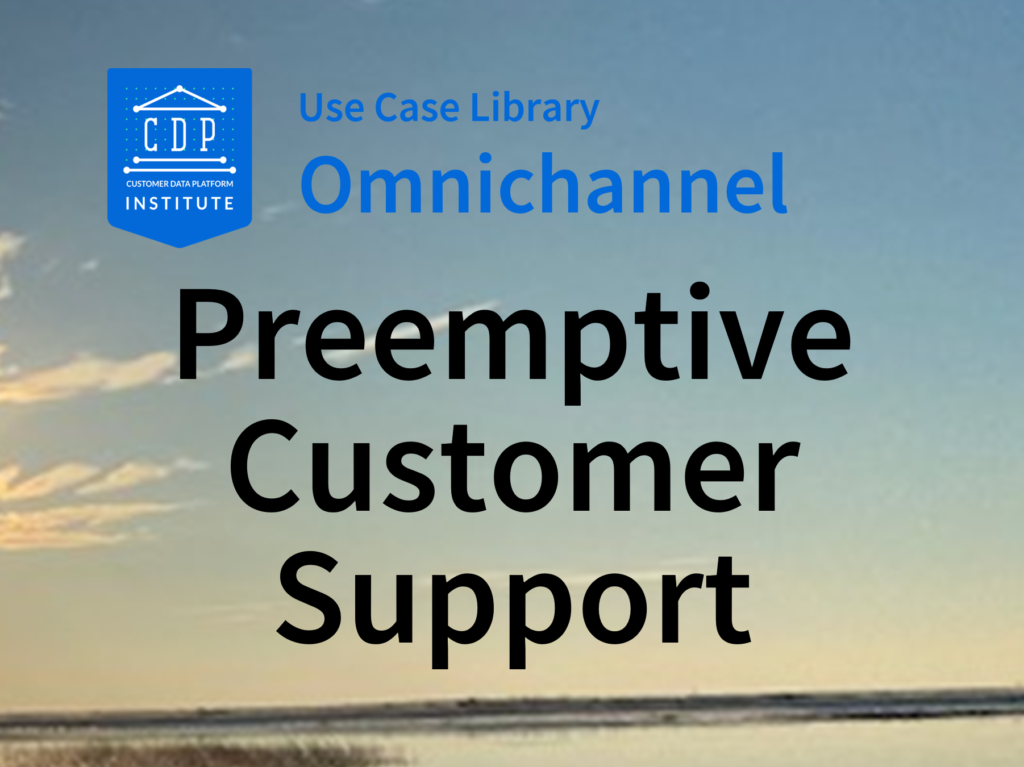
Support costs are high and customers get frustrated when the have problems. Can help customers who need assistance before they request it. Process: Develop models to identify customers likely to need support and to select the appropriate support materials; receive stream of data on customer behavior (e.g. web pages visited, system error messages, etc.) and isolate events indicating need for support; send appropriate support messages.

Need to identify most accurate available information for each customer attribute and share with other systems. Process: Link customer data inputs from different sources that relate to the same person; apply rules and reference data to select the attribute most likely to be correct; publish these attributes as ‘golden record’ for other systems to use
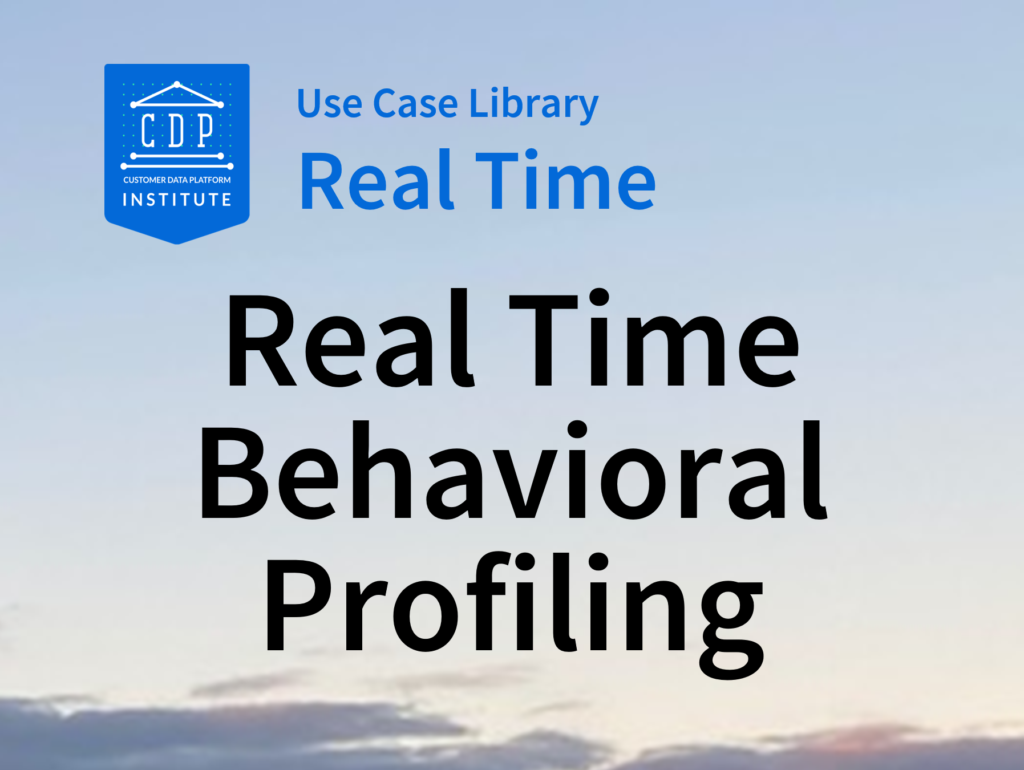
Need to classify anonymous visitors in real time based on their behaviors. Process: Receive realtime stream of anonymous visitor behavior from channel system; apply rules or predictive models to classify visitors based on behaviors and attributes; send classification to channel system to use in selecting treatments.
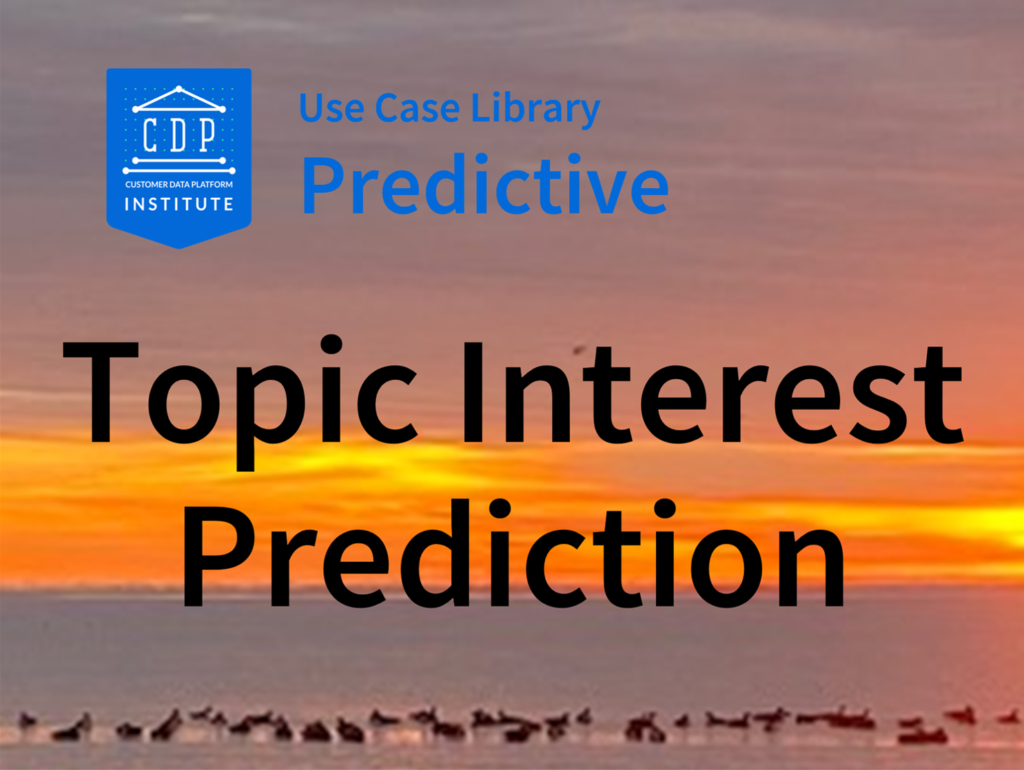
Need to estimate customer interest in different topics using model based on CDP data. . Process: Execute model based on CDP data; store result on profile for use in CDP or other systems
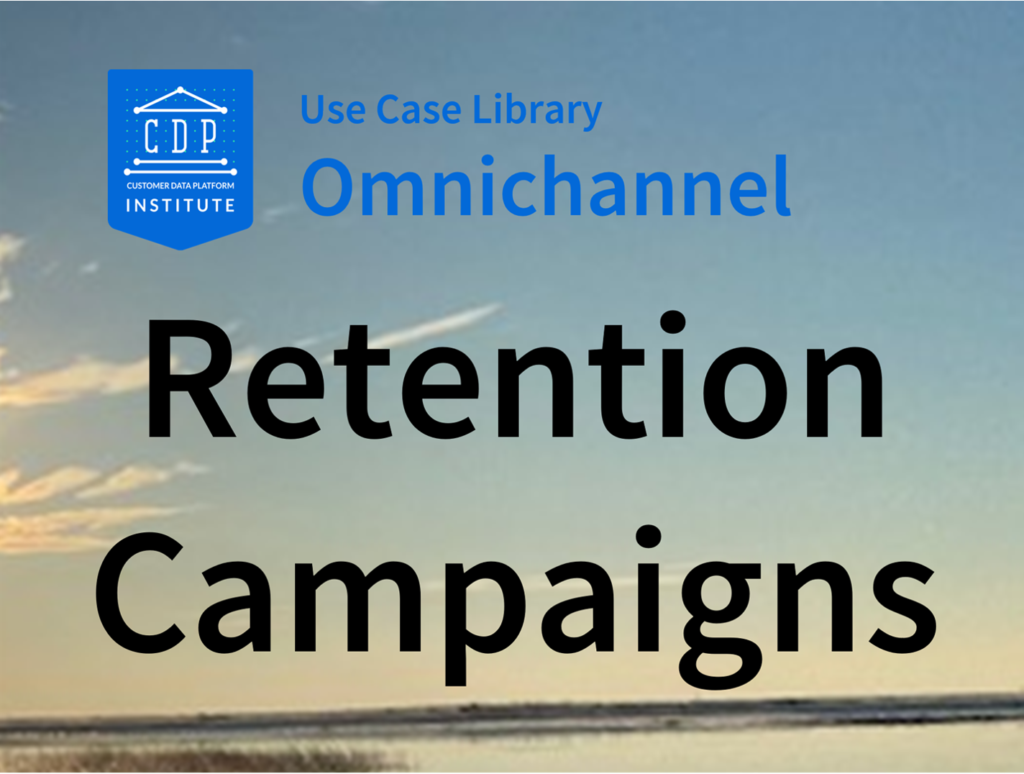
Need to send optimal treatments to retain existing customers. Process: Develop models to predict churn, predict responsiveness to alternative treatments, estimate future value, select best channels, select best timing, and make other choices needed to determine optimal treatment to each customer, bearing in mind that some customers will renew without an incentive and some customers are not profitable. Send instructions to delivery systems to execute.
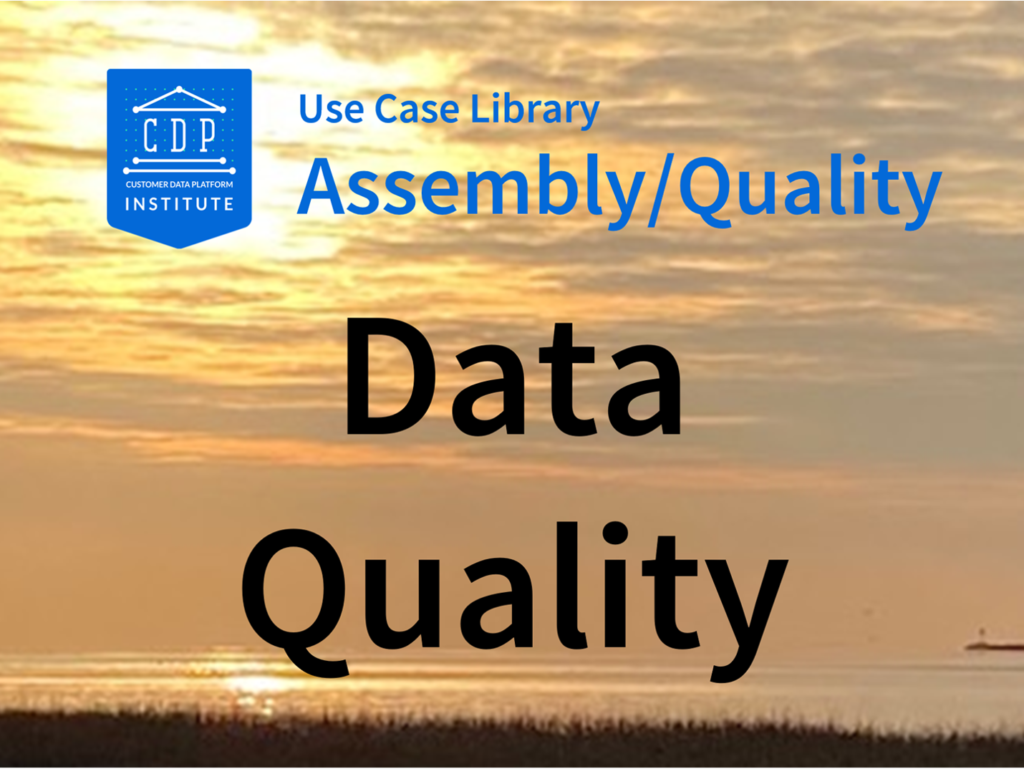
Low quality of ingested customer data limits its use. Process: Ingest data; apply rules and external data (e.g. address validation) to identify and correct errors. Provide feedback to source systems to help them improve the original data quality.
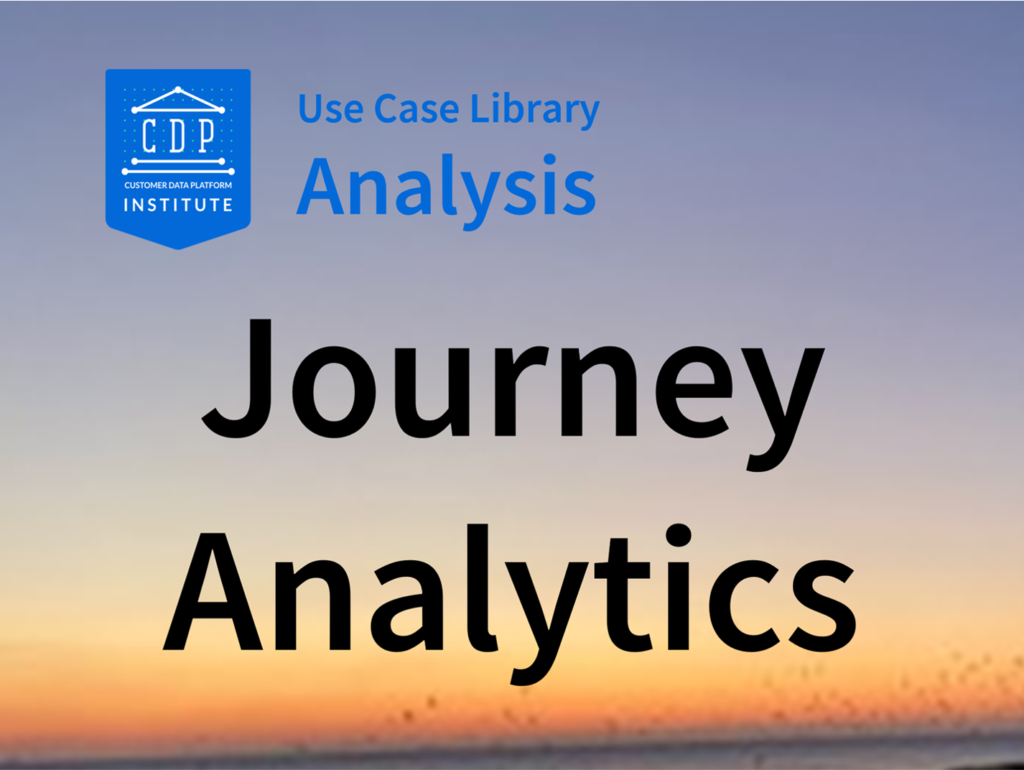
Cannot identify sequence of interactions associated with different tasks. Process: Assemble timeline of customer interactions; group by purpose or outcome; find common paths and branches.
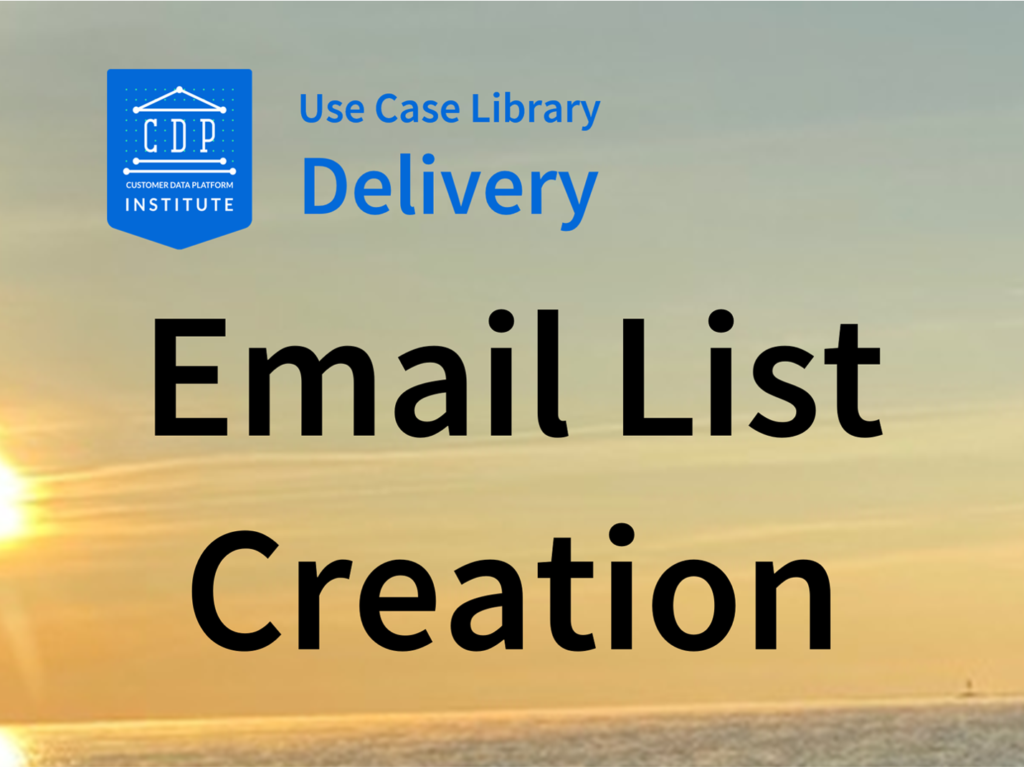
Need to select best customers for email campaign. Process: Define rules or model scores to identify best customers for a specific campaign; select those customers subject to additional constraints e.g. frequency caps, email permissions; send list to email systems for delivery.
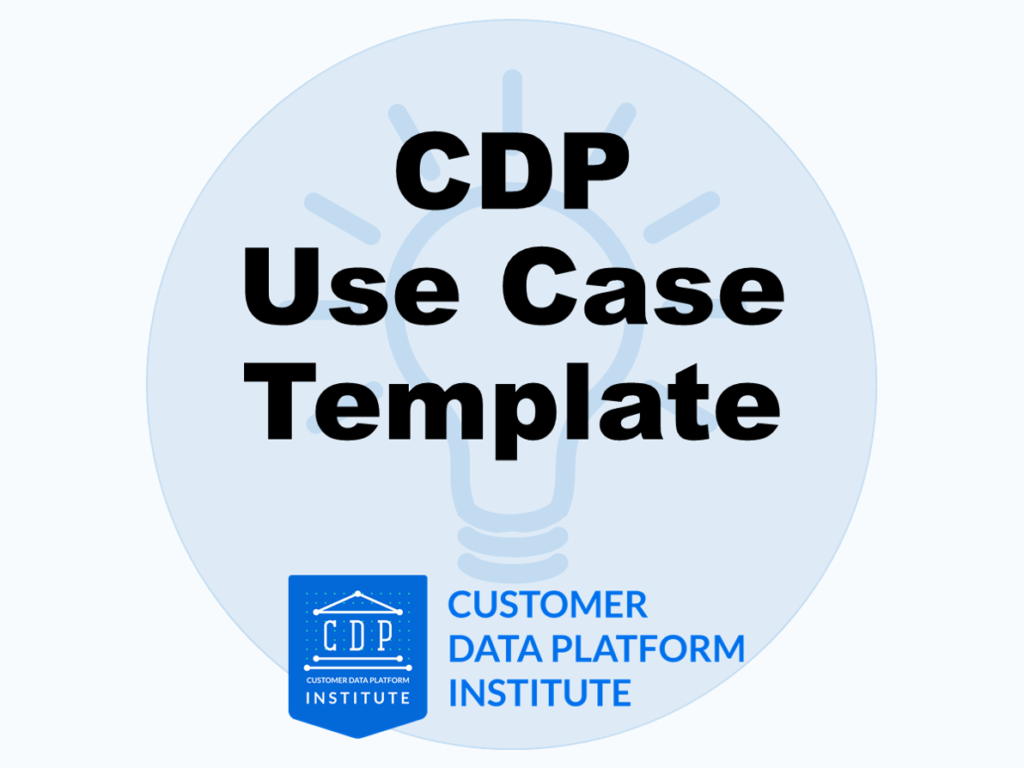
Marketers wishing to buy a CDP often struggle to define their system requirements. The CDP Institute provides a template to help buyers identify the gaps the CDP needs to fill.